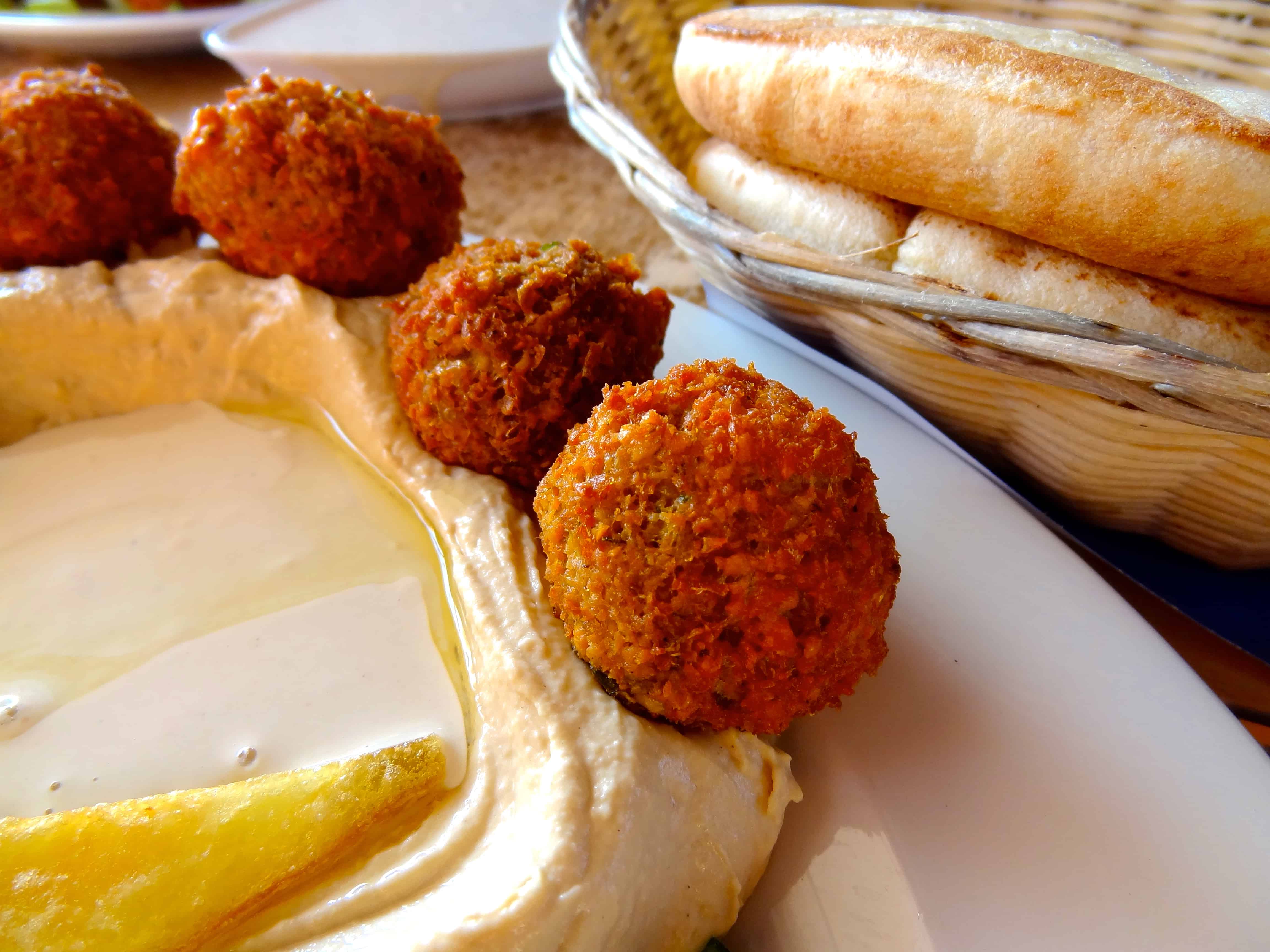
Normally this blog is shamelessly focused on dessert, but I had to make an exception to share an experience that is very dear to my sugar-obsessed heart. Over the winter holidays, I had the opportunity for a quick trip to visit my family in Israel, plus a stop in Paris for a few days, documenting nearly every crumb I ate along the way. I managed to finish a two-part blog about Paris in a somewhat timely fashion, but never quite completed the Israel portion. I wanted to it to be just right, so I took my time crafting my writing and editing photos, but then got bogged down in the daily grind after the trip, and the blog entry sat, unfinished and unpublished… Now, seven months later, I have finally come back to finish my musings about winter in Israel… in the middle of the blazing summer!
As the cradle of monotheistic religion, the land that is present-day Israel has given rise to countless civilizations, conflicts, kingdoms, and re-writings of history. It continues to be one of the most chaotic and volatile regions in the world; and yet, transcending this strife is a land seemingly put on the Earth to produce an exquisite bounty of beautiful, natural foods. I imagine it like a flower bud that pushes up through the soil, whose tenacious nature defies any catastrophe that may occur on the ground above.
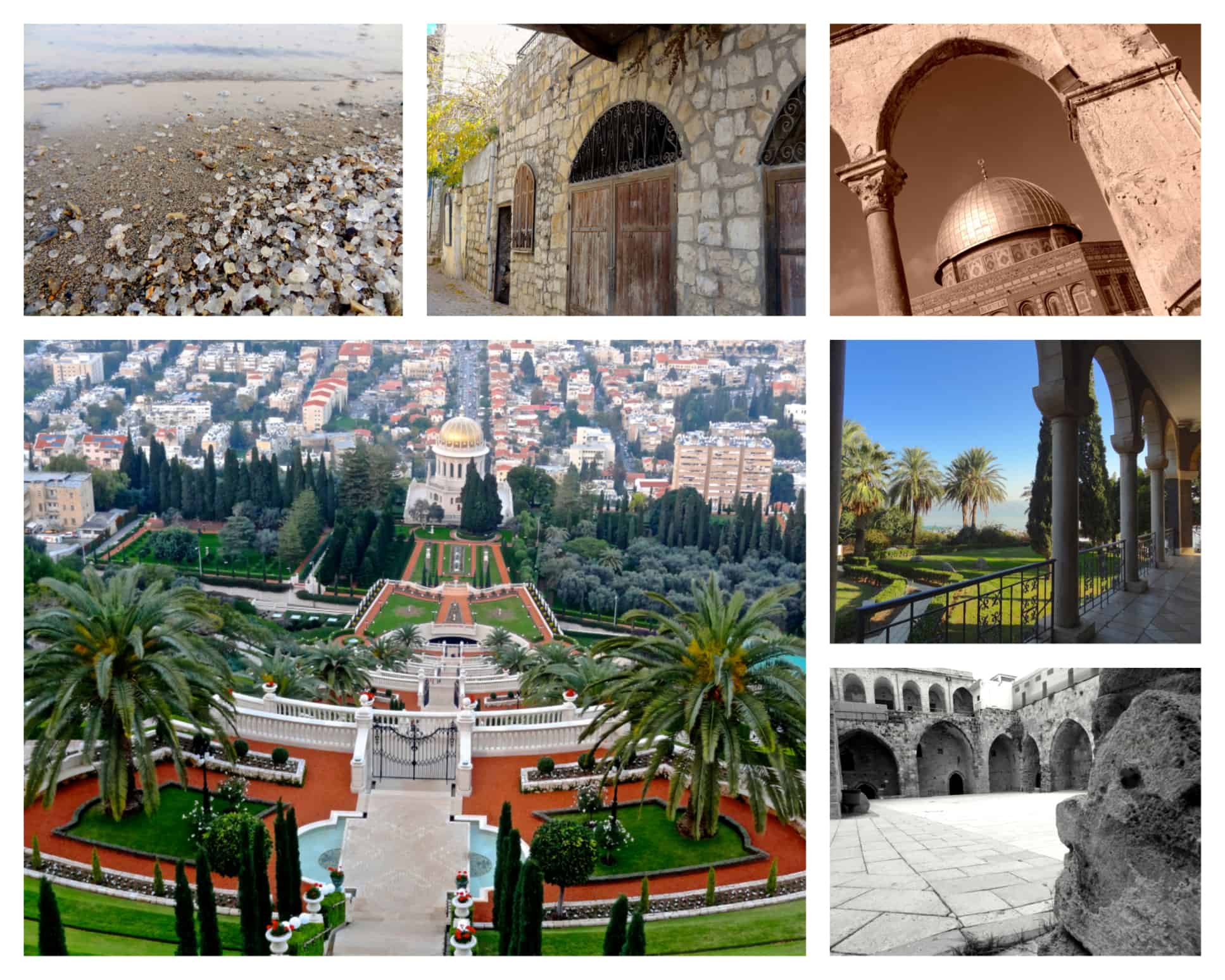 Clockwise from top-left: salt on the shores of the Dead Sea; the meandering, cobbled streets of Tzfat (artist town in the North); Dome of the Rock mosque in Eastern Jerusalem; Church of the Beatitudes with Sea of Galilee in the distance; Crusader fortress in the Arab-Israeli port city of Akko; Baha’i Temple and gardens overlooking Haifa.
Clockwise from top-left: salt on the shores of the Dead Sea; the meandering, cobbled streets of Tzfat (artist town in the North); Dome of the Rock mosque in Eastern Jerusalem; Church of the Beatitudes with Sea of Galilee in the distance; Crusader fortress in the Arab-Israeli port city of Akko; Baha’i Temple and gardens overlooking Haifa.
What is “Israeli” cuisine, exactly, if not bagels and lox or corned beef sandwiches? Actually, there is a large distinction between Jewish food and Israeli food. In the United States, what we think of as Jewish food (bagels, pastrami, gefilte fish, chopped liver, noodle kugel, etc.) actually originates from the culinary traditions of Eastern European Jews who immigrated, mostly after World War II. Except for select items, I am not a huge fan of this cuisine, as I find it very heavy and often just… gross. (Pickled herring? I. Will. Pass.)
In contrast, Israeli cuisine is built around the foods native to the Mediterranean and Middle East, so it is similar to other cuisines in the region, like Turkish, Lebanese, and Greek. There are lots of Middle Eastern flavors and ingredients found in Israeli dishes that would be completely foreign to Eastern European/American Jewish food. This food, I love with all my heart and soul– I dream about it, salivate for it, and feel unparalleled joy when I’m able to experience it. (And yes, there are some foods that have crossed over to both types of cuisine, such as challah and matzo balls, that tend to revolve around Jewish religious and cultural customs, many of which are scrumptious.) I came across this recent Saveur Magazine article, which beautifully captures the culture of food in Israel. In reading it, I repeatedly found myself thinking, “That’s exactly how I felt when I ate…” or “Next time I can’t wait to try…” or “I had no idea about the history of…”. Food and vitality are inextricable in the Holy Land, and not just for survival reasons; everyday life is steeped in the natural culinary abundance of the region.
Furthermore, the cuisine that has sprouted out of Israel has been reinvented and modernized by a new crop of talented chefs (such as Moshe Segev, David Frenkel, and Janna Gur), and I would venture to say that their innovation rivals that of accomplished chefs around the world. At the heart of this “new Israeli cuisine” remain many of the historical staple foods of the Middle East, around which these pioneering chefs take liberties to create their modern interpretations.
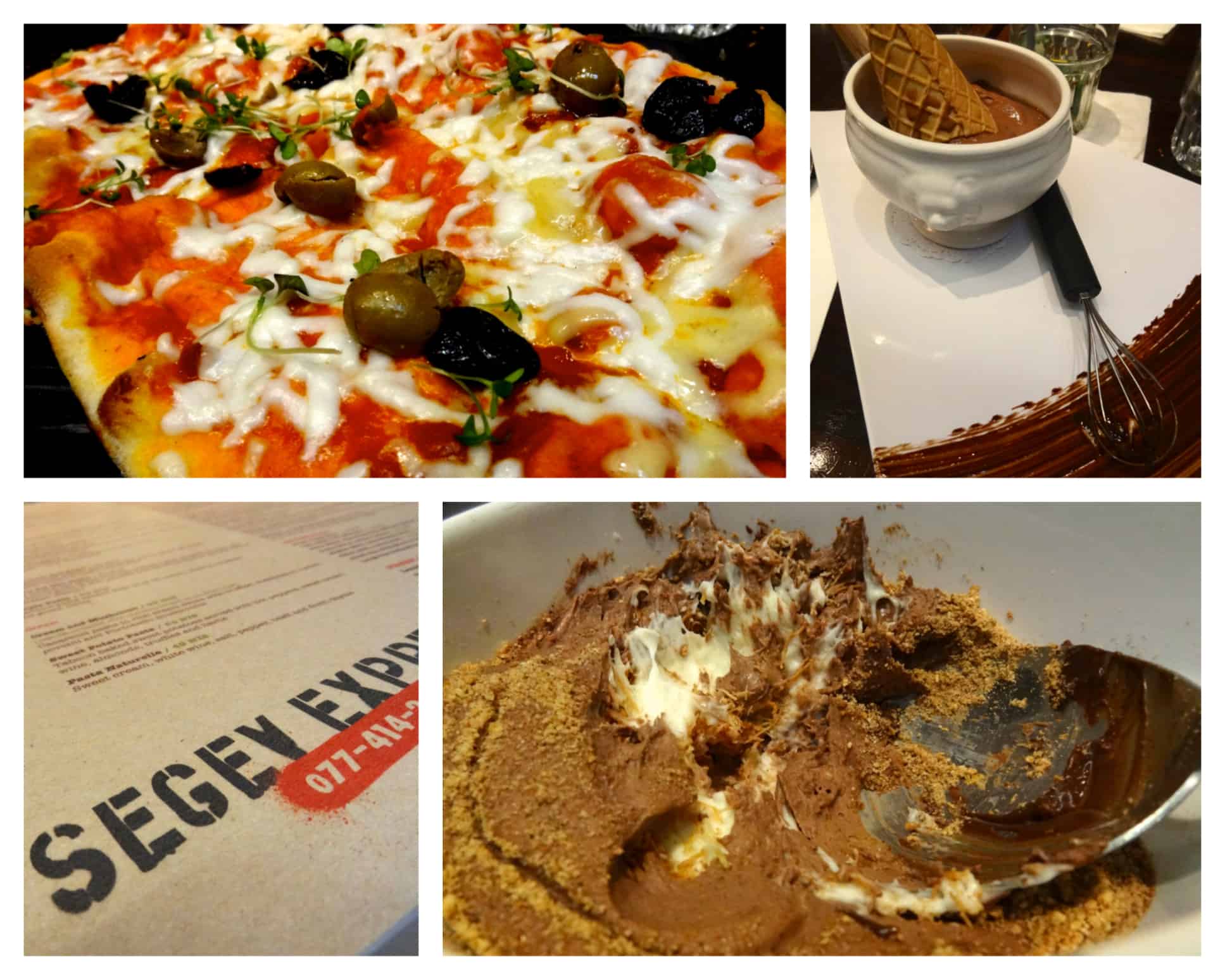 Clockwise from top-left: Flatbread Pizza with Shata (spicy Middle Eastern pepper) and Olives; “Chocolate Blast”, chocolate gelato in a cone with chocolate cake and hazelnut cream; “Chocolate Mousse Crunch”, layers of chocolate mousse whipped with hazelnut and topped with kadaïf (shredded phyllo dough); menu from Segev Express in Ramat HaChayal.
Clockwise from top-left: Flatbread Pizza with Shata (spicy Middle Eastern pepper) and Olives; “Chocolate Blast”, chocolate gelato in a cone with chocolate cake and hazelnut cream; “Chocolate Mousse Crunch”, layers of chocolate mousse whipped with hazelnut and topped with kadaïf (shredded phyllo dough); menu from Segev Express in Ramat HaChayal.
Food is referenced throughout the Old Testament as part of religious rituals, holy customs, and historical events; some of these foods endure as religious symbols to this day, while others have taken on a more cultural or agricultural significance. In fact, I would describe Israeli food as the lovechild of a deeply entwined tradition of land, family, and religion; however, the religious nature of food has decreased in recent decades. One of the central tenets of Judaism is keeping the strict dietary laws of Kashrut that are rooted in the Bible (aka “keeping Kosher”), but as the population has become more secularized, so have people’s eating habits.
Among these historical essentials are the foods known as the Seven Species: wheat, barley, grapes, figs, olives, pomegranates, and dates. They hold great biblical significance, having been the first foods brought to the Temple on the holiday of Shavuot (marking the end of the spring grain harvest) and offered to God. As such, they hold a special place in the cuisine that subsequently evolved. While they have always been part of the diet of inhabitants in this region, they are currently being taken to unforeseen heights by the creativity of the modern food movement. For me personally, the Seven Species are much more a symbol of enduring regional culture than religious credo, as these foods have transcended all the conflict that has befallen the area throughout the millennia of human civilization.
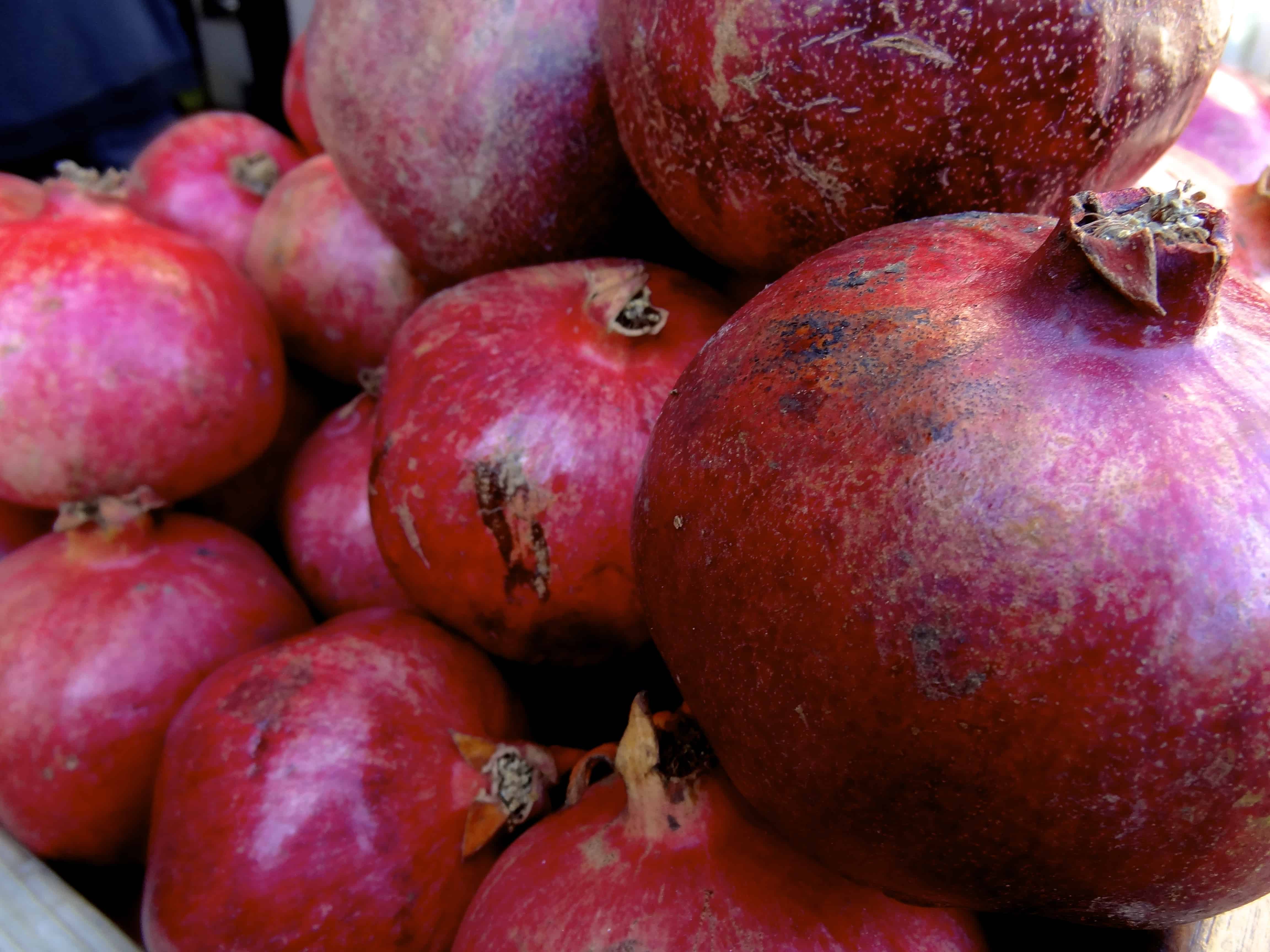
In the United States, mass production in the food industry largely eclipses farm-to-table operations, though the latter is experiencing a resurgence in some parts of the country; in Israel, the focus on local and seasonal products has always been part of the food culture. For this reason, the produce is bright, fresh, and mouthwatering; the dairy products, creamy, rich, and flavorful. Israeli chefs highlight these optimal ingredients in their dishes with pride and skill. That’s not to say that food hasn’t been industrialized to some degree, but overall, food is much closer to the source.
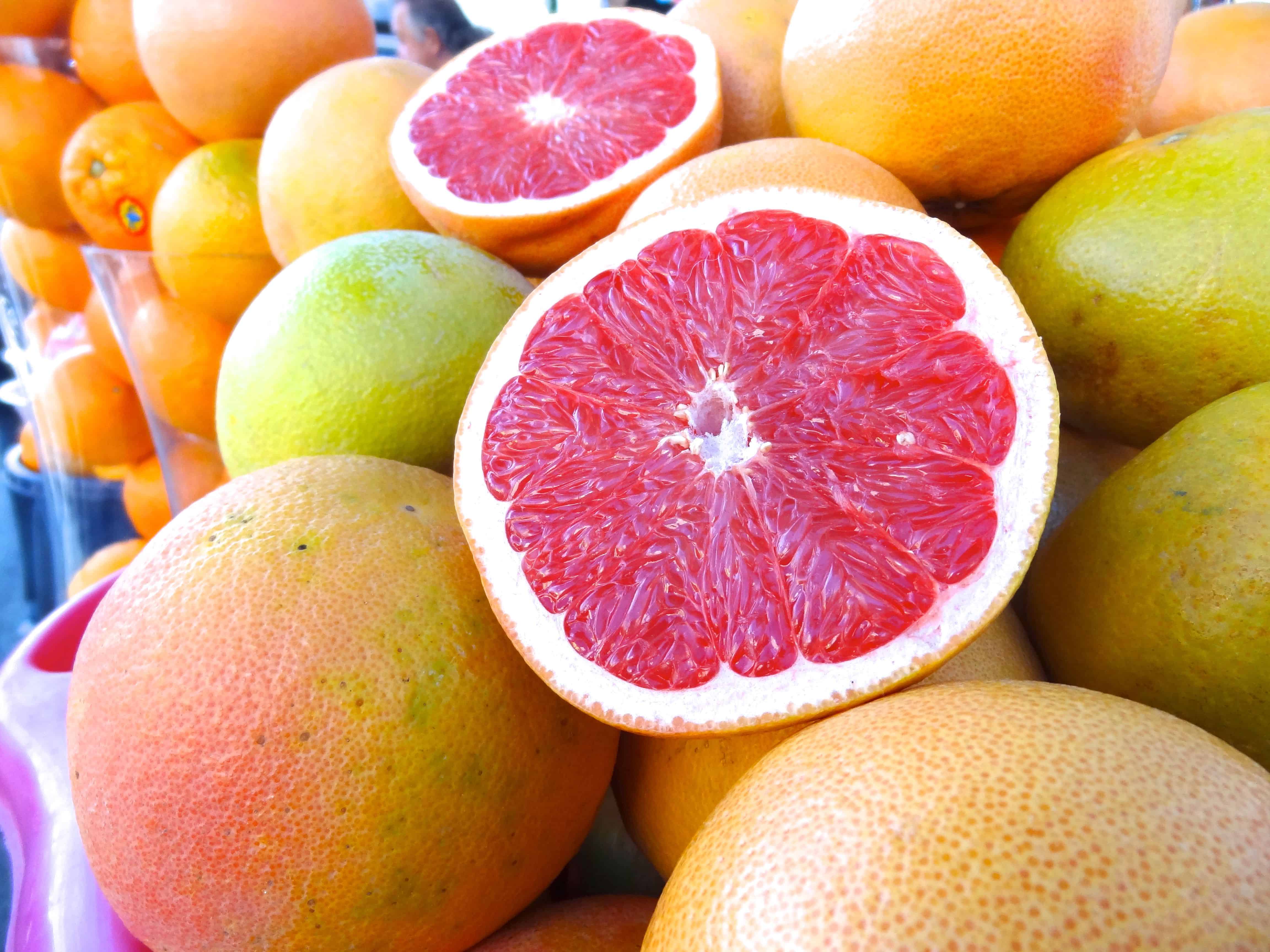
On a related note, another element of Israeli and Middle Eastern cuisine that I find particularly appealing is its simplicity. Much like the rustic ingredient-driven cuisine of Italy, many traditional Israeli dishes, and even their modern renditions, rely on the flavors and freshness of the food to shine; bringing in complex or obscure ingredients can distract from the beauty of the unadulterated foods. Preparation tends to be fairly simple and straightforward as well, again allowing the naturalness of the food to be the star of the dish. Great examples of this include Israeli salad, hummus, roasted eggplant, and fresh cheeses.
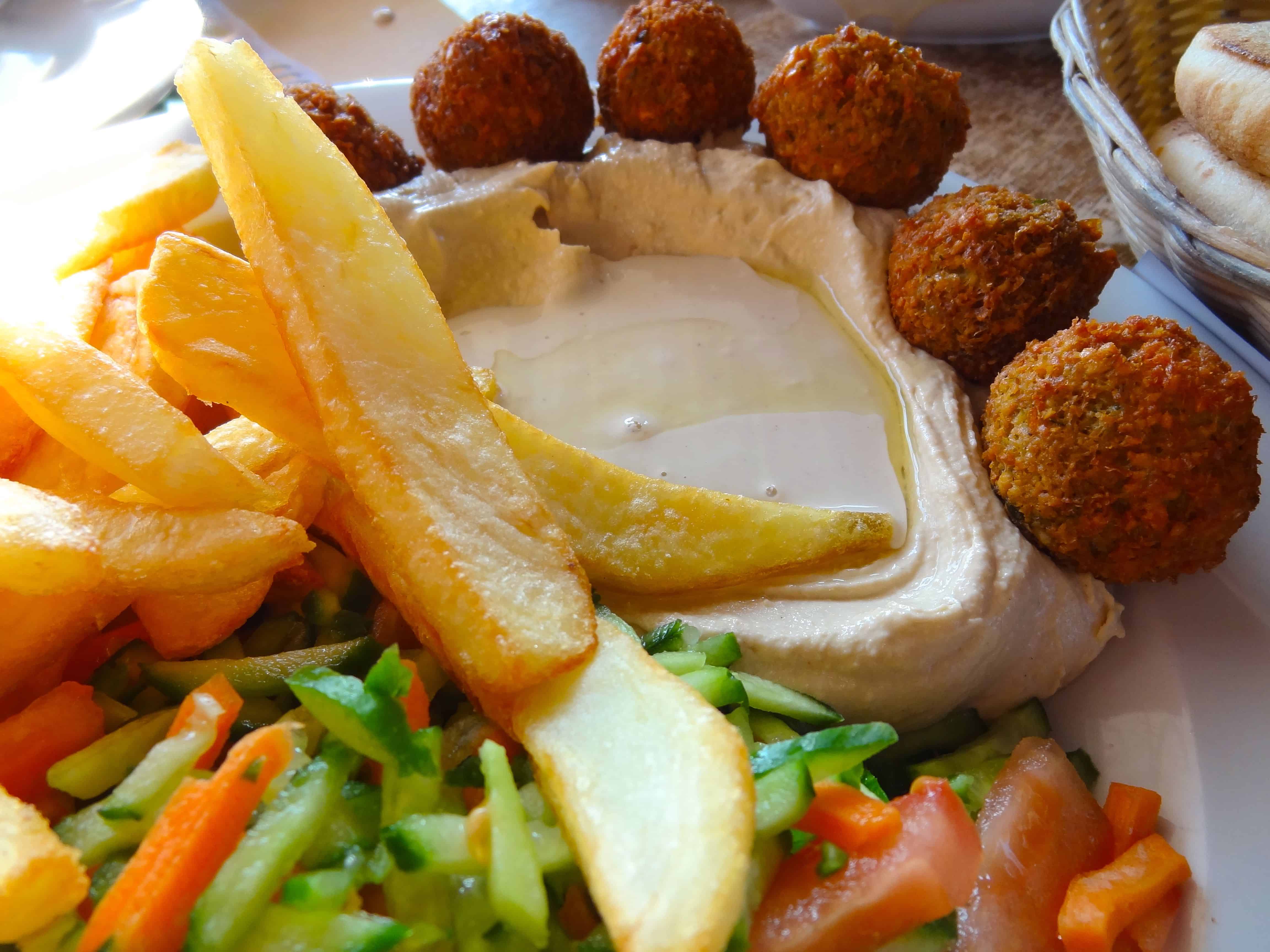 Falafel, hummus, tahini, Israeli salad, chips, and pita… devoured at a beach café in Haifa.
Falafel, hummus, tahini, Israeli salad, chips, and pita… devoured at a beach café in Haifa.
My holiday trip to Israel and Paris left quite a culinary impression on me, as I not only examined food through the lens of a baker and eater, but for the first time as a blogger. Though I have visited my family there several times in the summer, I’ve never been in the winter before, and there was a decidedly different feel to the food this time. Much like its neighboring Mediterranean countries, Israel is sun-soaked (broiled, actually) in the summer, which means copious amounts of ice cream, cold beverages, juicy summer fruit, and refreshing salads. In the winter, the weather is mild and the beaches quiet; the food reflects this seasonal hunkering down, just like in colder places of the world, though to a lesser degree. Instead of summer foods bursting with color and lightness, winter dishes impart warmth, comfort, and a full belly.
As Israel is the home of my family, I naturally have a special affinity for certain foods– in fact, I pine desperately for a piping hot pita filled with falafel, tahini, Israeli salad, and chips (the British kind, not American); a dish of thick, creamy, soul-pleasing hummus; a steaming skillet of tomato and bell pepper shakshuka with poached eggs on top; juicy watermelon paired with salty Bulgarian feta cheese (okay, that’s a summer dish, but I’ve got it on the brain). Just thinking about all these magical wonders makes me feel like Homer Simpson drooling over donuts… mmmmm. 🙂
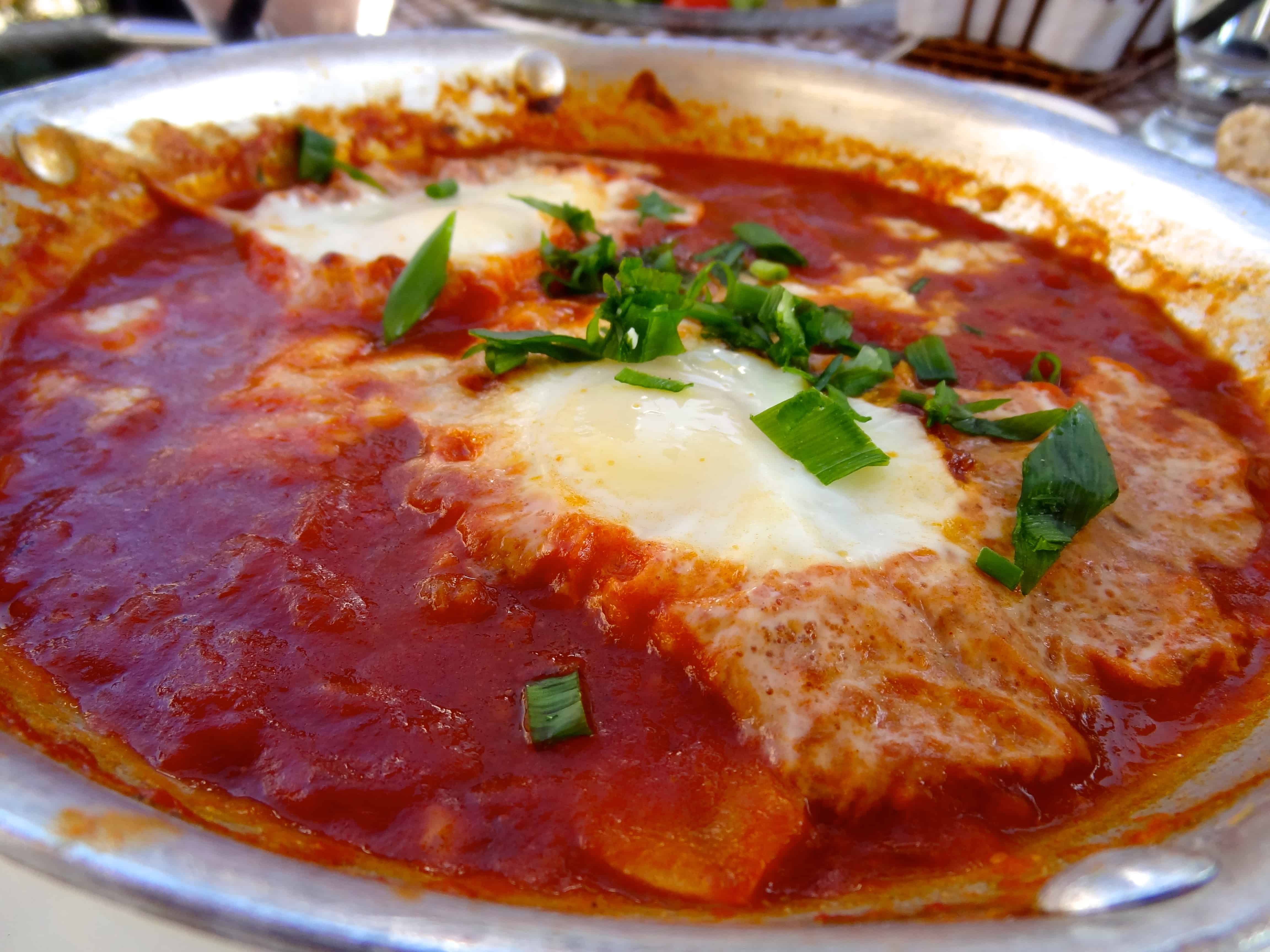 Classic Shakshuka at Café Rimon (translates to ‘pomegranate’) in Jerusalem.
Classic Shakshuka at Café Rimon (translates to ‘pomegranate’) in Jerusalem.
I was there for a week on this trip, which was quite short for a family visit considering the very long plane journey, though I managed to cram in a lot of amazing grub! My family fed me many excellent meals of breads, cheeses, eggs, and fresh vegetables, which might not sound terribly glamorous, but due to the aforementioned freshness and simplicity, they were some of the most satisfying meals of the whole trip. I can still taste the whole wheat croissants slathered with Ski 5% cheese, golden-breaded schnitzel, and the thick pita with various tasty fillings at my cousins’ houses.
The pita… we really need to have a conversation about pita. I’m sorry to say that most Americans have no idea whatsoever what real pita is like. We are used to finding those thin, flimsy, pathetic pockets in the supermarket that fall apart the moment you try to fill them with anything. At best, you can dip them into a tub of marginally acceptable hummus to tide you over to your next meal. A pita in the Middle East is a completely different affair– a beautiful, thick, hearty, scrumptious affair. A real pita is a like a chewy pillow that you can happily fill with all manner of delights: falafel, hummus, salads, meats… It will rarely fall apart in a wet, sopping mess like the cheap American impostors that dare to be called pita. In the States, you can find real pita in Middle Eastern markets, and I recently discovered a brand at Whole Foods called Stonefire that comes somewhat close; but make no mistake– those things (*snort*) at Safeway, Trader Joe’s, and any other regular ol’ supermarket… they ain’t no PITA!
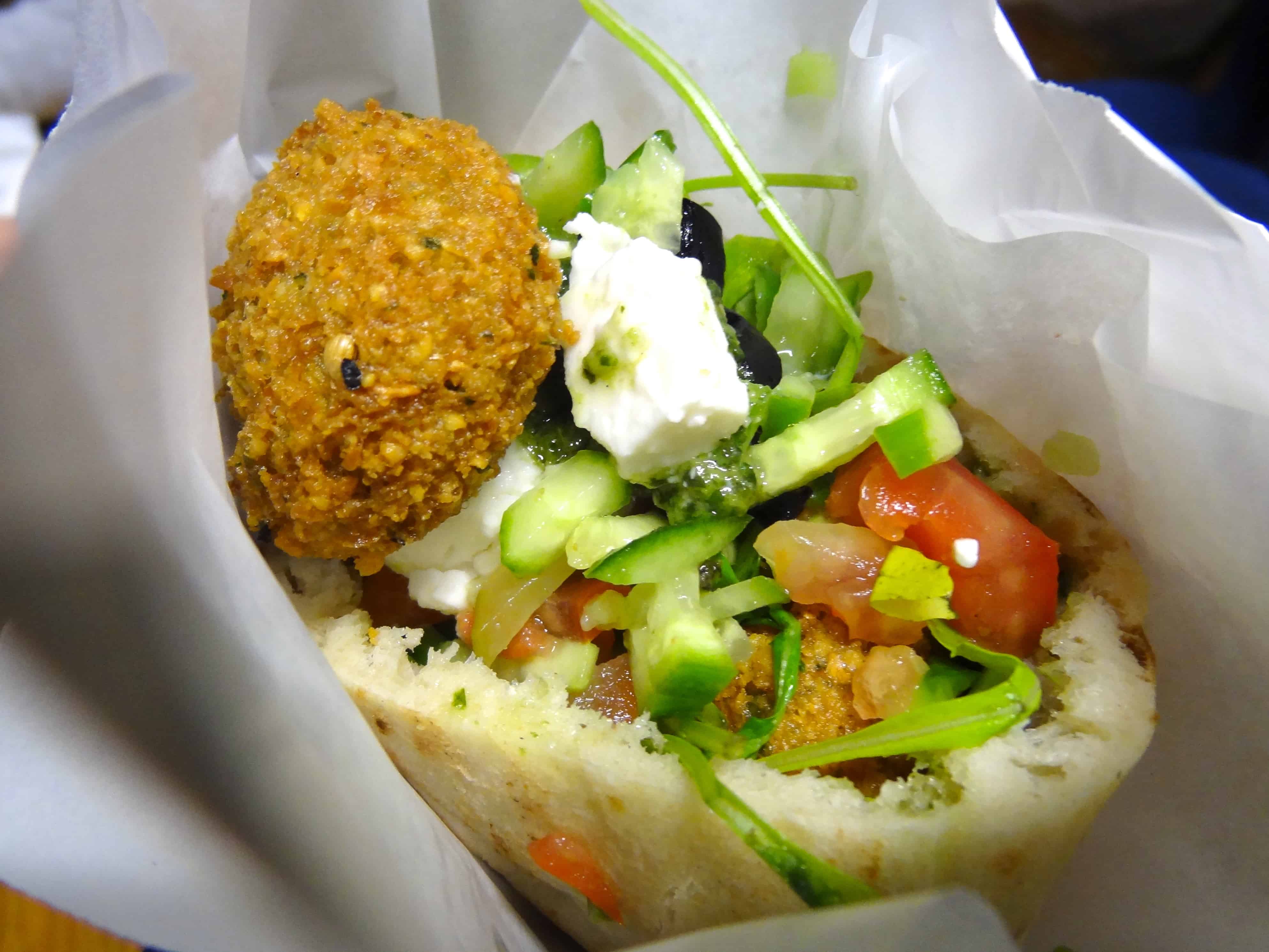 Pesto Feta Falafel at Falafel Shop on Ahuza Street in Ra’anana.
Pesto Feta Falafel at Falafel Shop on Ahuza Street in Ra’anana.
Man, I get really fired up about pita. Okay, now we’ve cleared up that little issue, let’s move on, shall we?
Now, so far I’ve espoused the loveliness of Israel’s fresh, natural foods; I would be remiss in neglecting to mention that this tiny country also produces some of the best snacks and junk food I’ve ever had in my life! I somehow forgot to take pictures in the snack aisle of the supermarket, so I can’t show you the much-loved Bissli (my favorite) and Bamba snacks made by Osem. Bissli is a salty snack that looks like fried pasta and comes in several flavors such as falafel, barbeque, and pizza; its name translates literally to “a bite for me”… although limiting myself to a bite is not realistically possible. Bamba are peanut butter-flavored puffs, which are hugely popular as well. (They also come in new flavors like strawberry, but that just doesn’t feel right.) I know what you’re thinking– you are a total hypocrite, lady. But please hear me out. At home, I indulge in relatively few processed snack foods (Oreo addiction notwithstanding), but when I’m in Israel, all bets are off. Somehow, I’ve managed to talk myself into believing that their snacks are healthier than American snacks; I suppose this may be true to some extent (fewer chemicals and additives… right?!), but let’s face it: fried, salty snacks are just as bad for me in Israel as they are in any other place. And yet, for some reason… I am totally okay with it. And don’t try to convince me otherwise. 😉
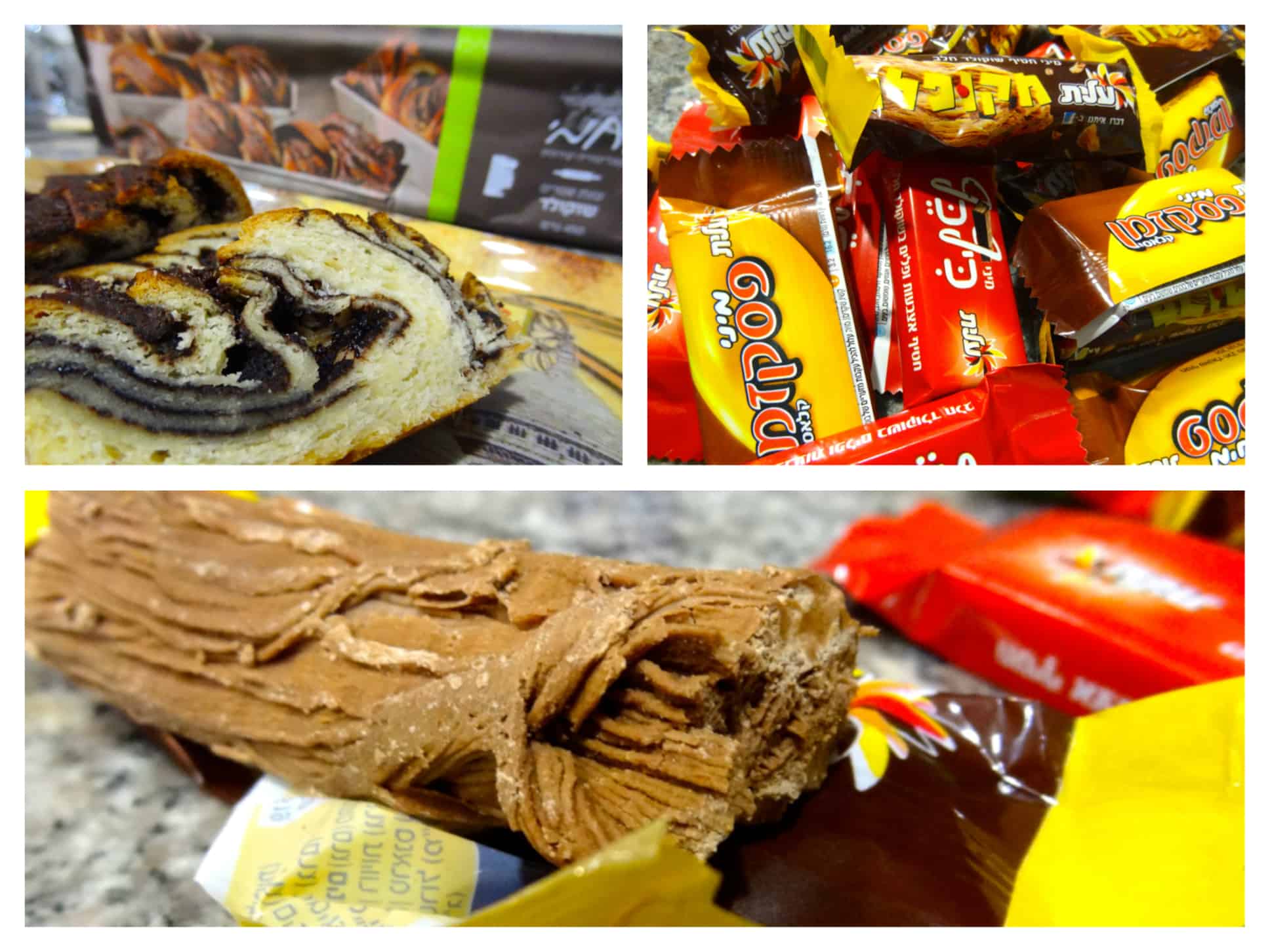 Clockwise from top-left: Packaged Chocolate Babka– I wouldn’t buy that here, sorry; a variety of Israeli candy, including Kit-Kat’s Israeli cousin, “Kif-Kef”; one of my favorite candy bars, a milk chocolate flaky twist called “Mekupelet” (meaning “folded”).
Clockwise from top-left: Packaged Chocolate Babka– I wouldn’t buy that here, sorry; a variety of Israeli candy, including Kit-Kat’s Israeli cousin, “Kif-Kef”; one of my favorite candy bars, a milk chocolate flaky twist called “Mekupelet” (meaning “folded”).
One aisle that I spent extra time in on this trip was the baking aisle– I was not as heavily involved in baking the last time I visited, but this time I was especially excited to examine what, exactly, they use for basic baking ingredients in the Holy Land. Many things are the same, but there are definitely some differences. For instance, in Israel they use a lot of self-rising flour, and I’m not quite sure what is contained in the small envelopes labeled “baking powder”. A little difficult to comprehend was the absence of pure vanilla extract. I was, however, thrilled to see the abundant choices of chocolate and decorating implements, and it was amusing to see Pillsbury boxed cake mixes. (I confess that I bought a box of “cake ball” mix, which, again, I would never buy at home.)
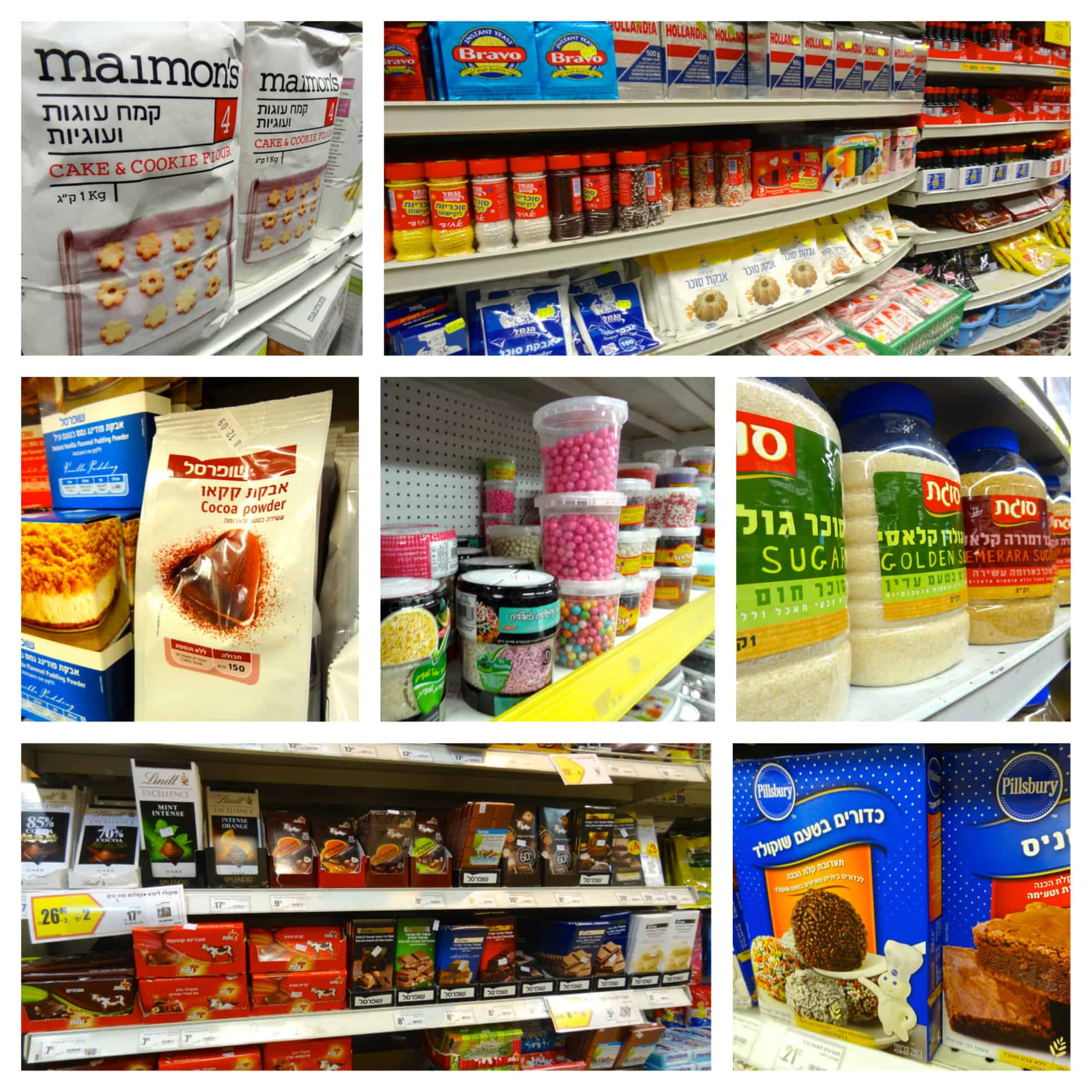 Clockwise from top-left: Cake & Cookie Flour; baking basics: packets of powdered sugar and baking powder, yeast, and sprinkles; white, golden, and Demerara sugars; Pillsbury baking mixes; a sliver of the chocolate section; cocoa powder; cake decorating supplies.
Clockwise from top-left: Cake & Cookie Flour; baking basics: packets of powdered sugar and baking powder, yeast, and sprinkles; white, golden, and Demerara sugars; Pillsbury baking mixes; a sliver of the chocolate section; cocoa powder; cake decorating supplies.
Not confined to box cake, I derive endless entertainment from seeing American products sold in Israel with Hebrew labels, of which there are no shortage. So many common American items are available there now, which is a relatively recent thing. For example, my parents did not grow up with peanut butter in Israel– the concept of PB&J was not part of my upbringing. However, peanut butter is now readily available, though probably not as critical to childhood lunchboxes.
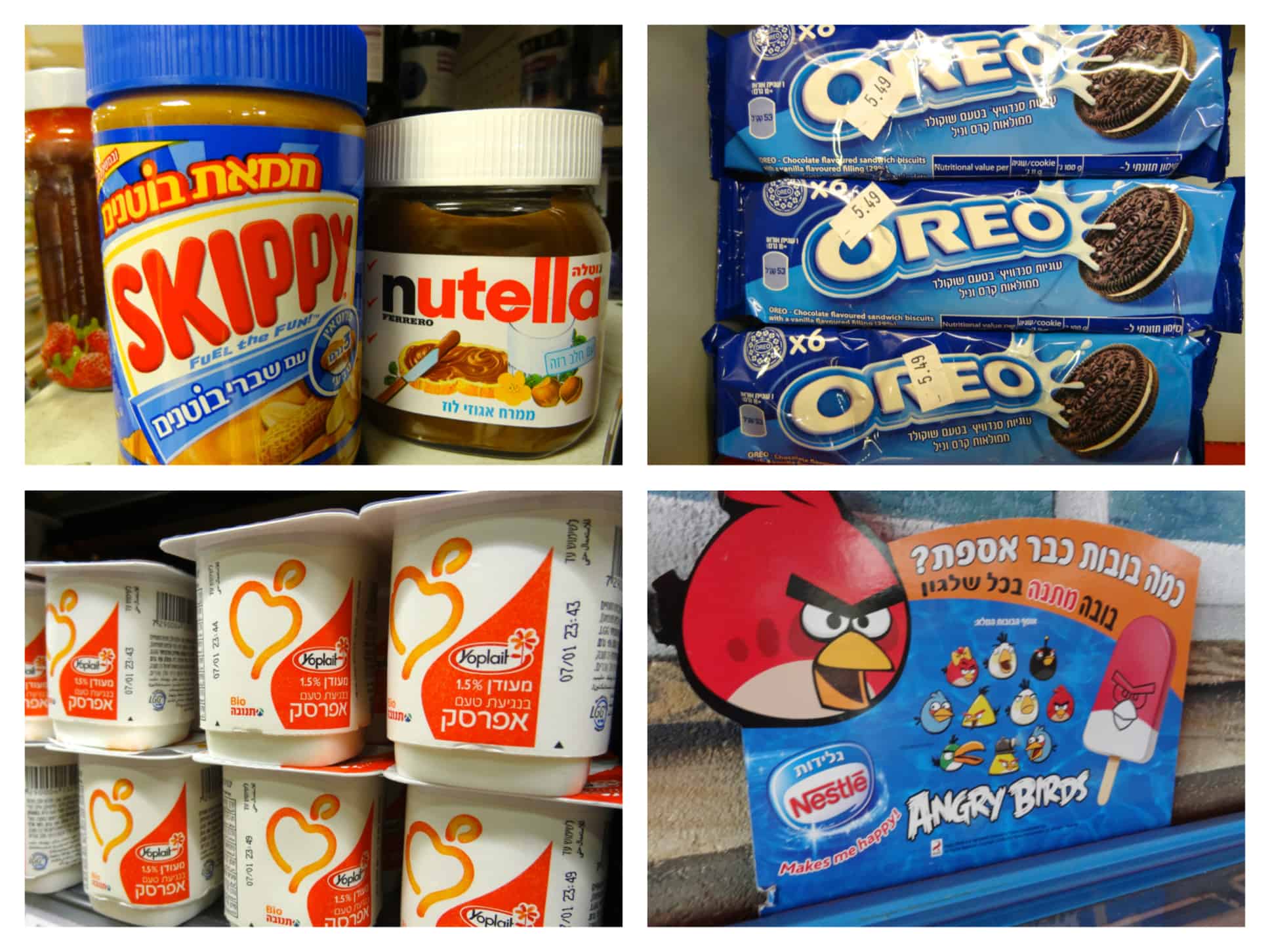
The last thing I have to mention from the supermarket is… CHOCOLATE. Israel is not particularly known in international circles for its chocolate, but it should be. There are some high-end Israeli chocolatiers, such as Max Brenner, but the company that I am most familiar with is called Elite, and they produce some of the best milk chocolate I’ve had in my life, both for eating out-of-hand and for baking. I made Malted Milk Chocolate Pots de Crème for Baked Sunday Mornings a couple of days after getting home from the trip, and of course I busted out some of my newly imported Elite milk chocolate; I wasn’t sure how this $2 chocolate bar would stack up against TCHO or Scharffen Berger, and I can confidently say that it was absolutely divine– creamy and rich with a surprising amount of chocolaty depth. I think the flavor and texture is partly due to the aforementioned high-quality dairy products in Israel– yummy milk makes yummy milk chocolate! It is, indeed, nicknamed “cow chocolate” and the bars are even imprinted with tiny cows. Elite makes many degrees of chocolate darkness, as well as lots of mix-in and filled varieties. Perhaps my favorite of the novelty bars is the kind with popping candy (like Pop Rocks), introduced to me by my chocolate-enthusiast cousin. The inside looks like it has air bubbles in it, and it makes your head feel like popping Rice Krispies– awesomeness. Also very notable is Israeli chocolate spread, similar to Nutella but minus the hazelnut flavor, which is perhaps the Israeli childhood lunch equivalent of American peanut butter. When I was growing up, my family would send us jars of chocolate spread from time to time, and I was the envy of my friends with my sandwiches of white bread and chocolate! 😉
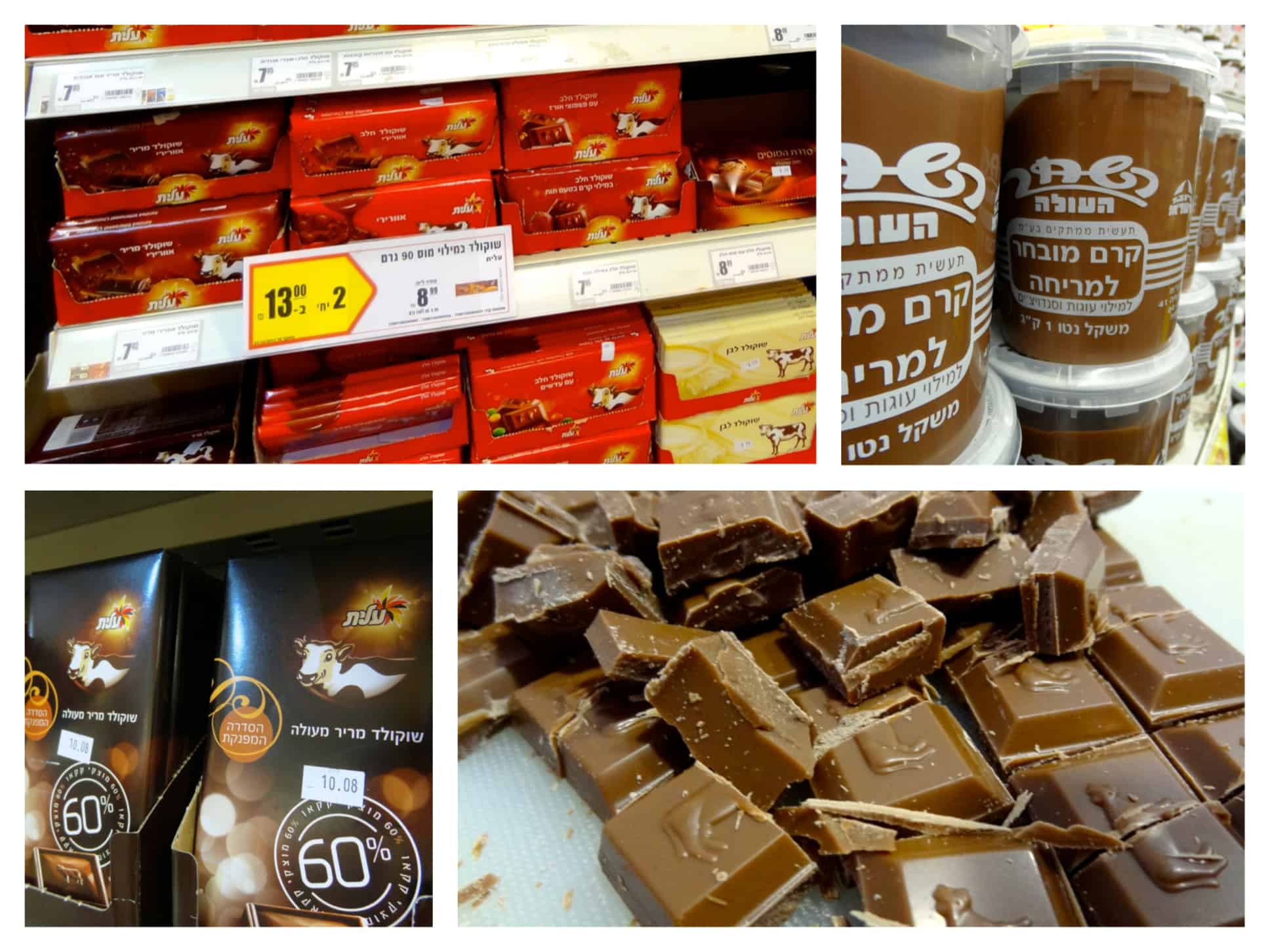 Clockwise from top-left: A sample of Elite chocolate bars; Israeli chocolate spread; Elite milk “cow chocolate”; Elite 60% dark chocolate bars.
Clockwise from top-left: A sample of Elite chocolate bars; Israeli chocolate spread; Elite milk “cow chocolate”; Elite 60% dark chocolate bars.
Alright, I think I’ve sufficiently expounded upon the wonders of the Israeli supermarket. I shall now tell you a little story: My name, Dafna, which is of Hebrew origin, has been butchered my whole life since moving to the States at the age of 4. It’s actually really easy to pronounce and totally phonetic: DAF-nuh. That is all. However, people are often tempted to make it something more complicated by adding in, switching, or substituting letters: Dafina, Dafana, Dafan, Diana, Daphne. Occasionally it’ll get really creative with new and exotic twists: Dasna, Dagna, Bafna, Stefna… Sometimes I don’t even realize they’re talking to me. And then there’s always the childhood playground favorite (everyone else’s, not mine): Daffy Duck. So imagine how wonderful it is for me to visit Israel and have a nice, common name! It’s the one place in the world where I can find stickers and keychains with my name on them, just like any American Anne, Jennifer, or Sarah. *And* when I order coffee, they can say my name right! It may seem like an insignificant thing to some, but trust me, when you’ve had your name misspelled and mispronounced on a daily basis your entire life, it’s a beautiful thing to come “home” and have a name that is no big whoop. Israel’s kinda-version of Starbucks (though sooo much better) is called Aroma Espresso Bar, and I make a point of frequenting it as often as possible when I visit. I could order coffee over and over and over again and they will say my name right EVERY SINGLE TIME.
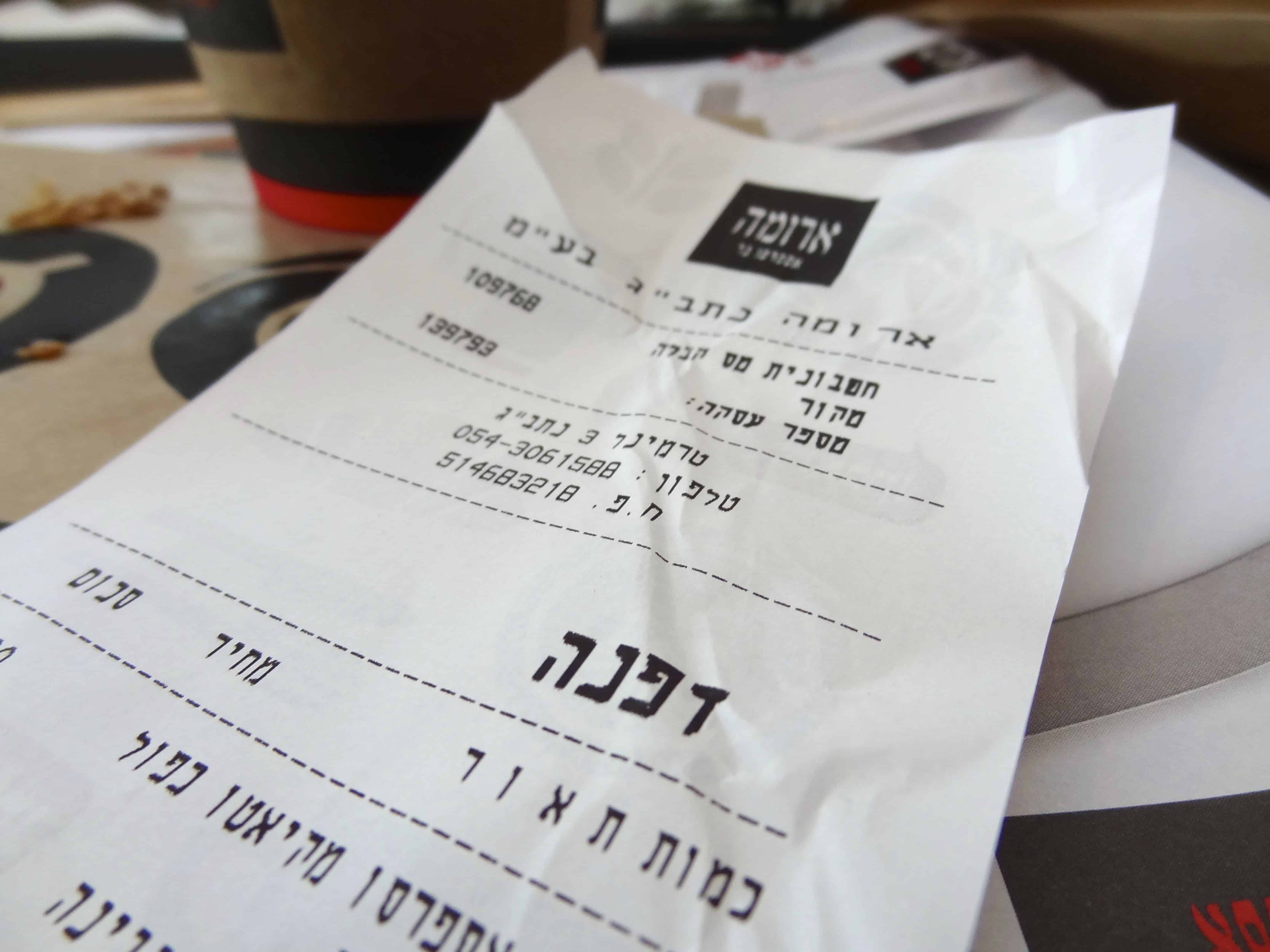 Dafna | דַּפְנָה
Dafna | דַּפְנָה
And if that wasn’t reason enough, the excellent coffee and ginormous cheese burekas certainly are. Not acquainted with burekas? This is the beginning of a new chapter in your life– you too can find bureka bliss. (The Bay Area supermarket chain, Mollie Stone’s, and many Middle Eastern markets sell decent frozen ones.) Burekas are flaky Middle Eastern pastries, often shaped into triangles or rectangles, that envelope a delicious, savory filling. This could be potato, mushroom, or spinach, but my favorite is always cheese. Aroma sells absurdly oversized feta cheese burekas that are served warm, and they come with a free side of tears of joy. Biting into that warm mess of flaky dough and salty cheese is like nothing else for me. *sigh*
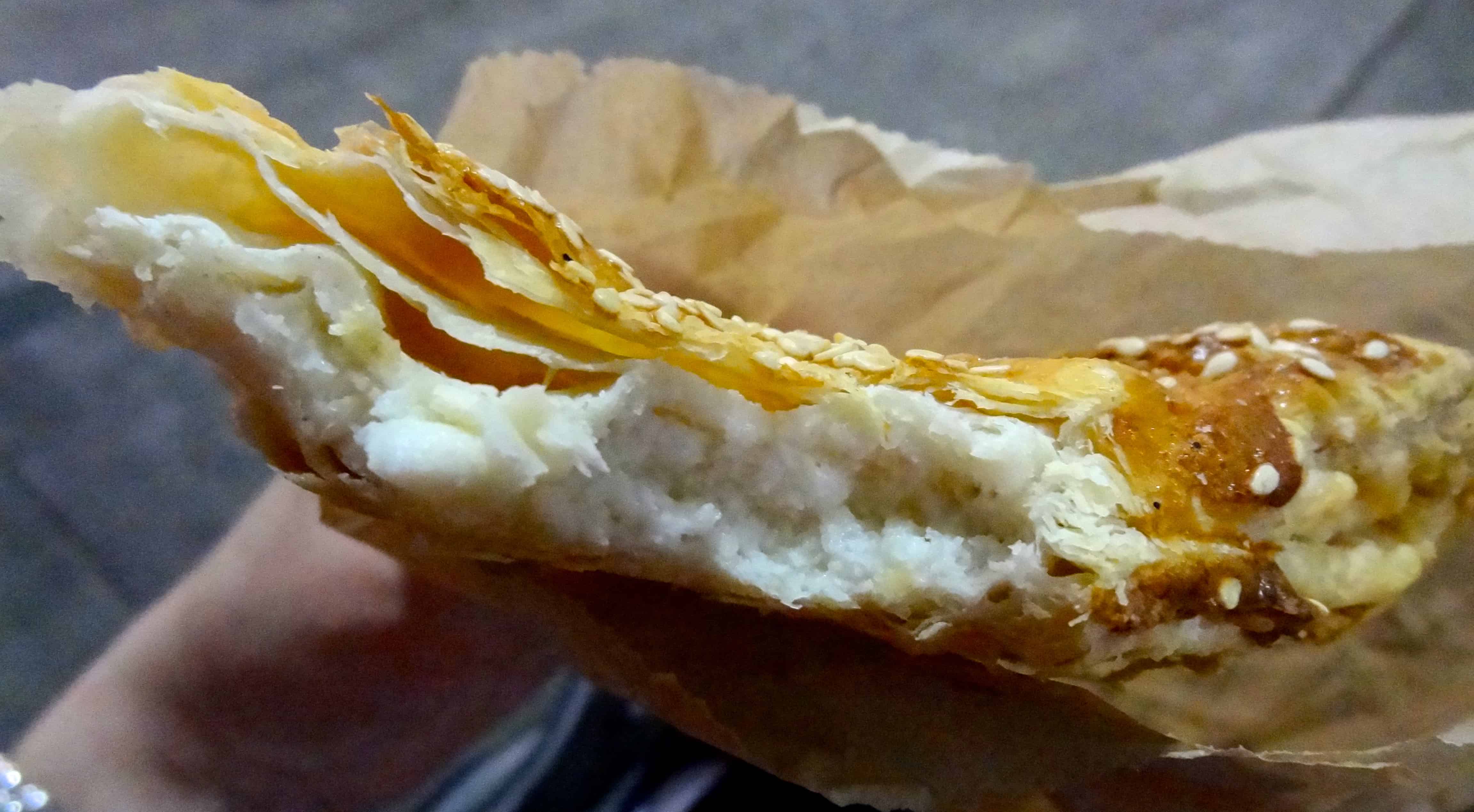
Fortunately I can get my fix, though still woefully insufficient, when I visit New York City. Aroma has four Manhattan locations— do yourself a favor and go if you’re in the area. While you’re at it, get a couple of chocolate rugelach and try the Mediterranean breakfast and salads. And think of me, whimpering in California WITHOUT these magnificent Israeli treats. See, California isn’t as great as everyone thinks. *sniff* (I know, you feel really sorry for me, languishing here in California…)
Speaking of burekas, Israel has seen an influx of innovative new bakeries, such as the popular chain, Roladin Bakery & Café, which produce some mighty tasty breads and savory pastries; I would say these are specialities of Middle Eastern baking. The flaky pastries are often stuffed with cheeses, vegetables, or potatoes and topped with Middle Eastern spices like sesame, za’atar, or cumin. Gimme.
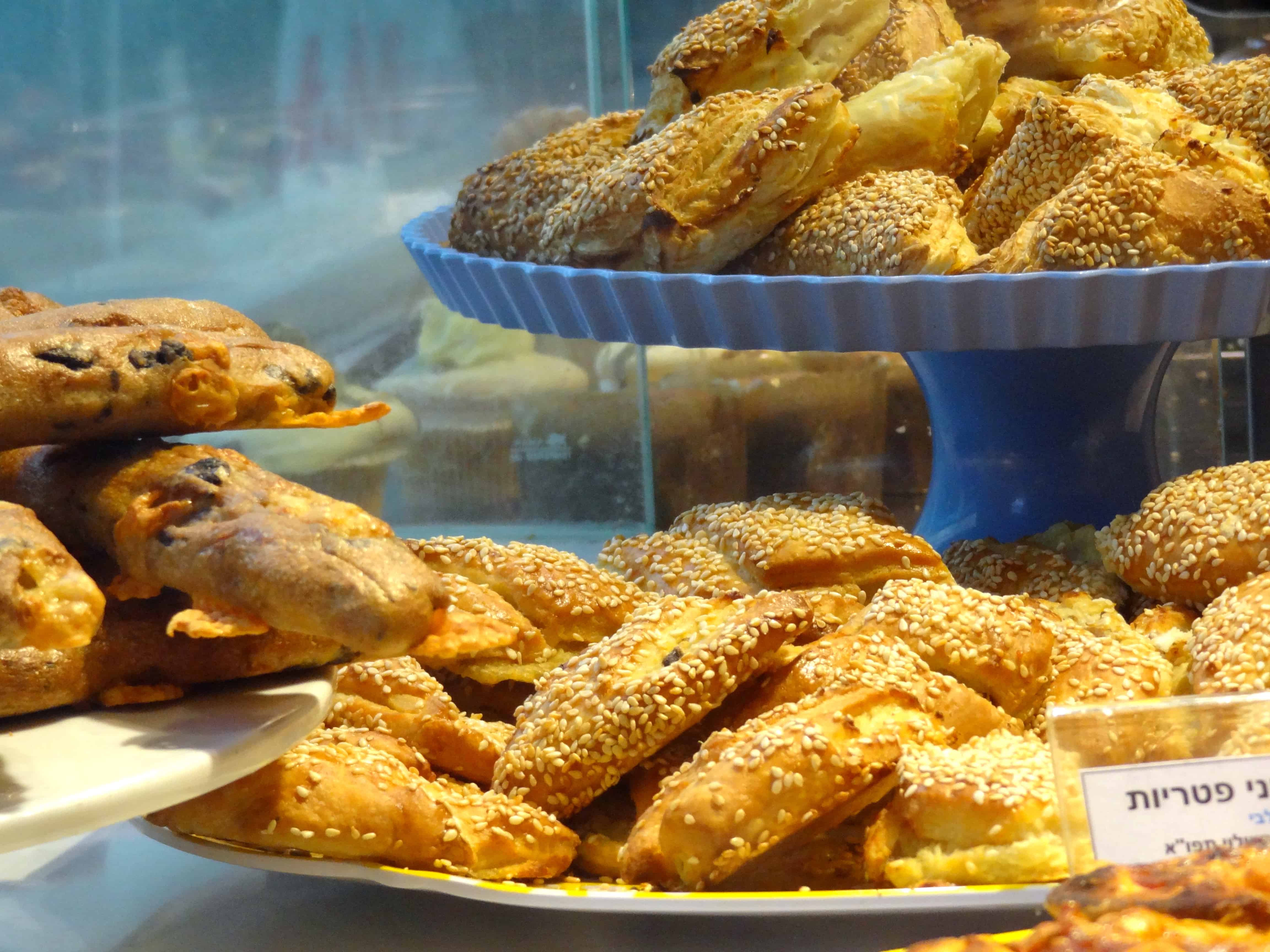
Probably the most iconic place in all of Israel is the Old City of Jerusalem. I can safely say that this hotly disputed territory is truly unlike anywhere else in the world. You can feel the religious and cultural tension in the air at all times, it is chock-full of people from every corner of the Earth bustling about, and its walls hold an inconceivable amount of history. Upon entering, the Old City is an assault on the senses– good or bad, that’s the best way I can describe it. One is immediately greeted with an astounding array of sensory stimuli: an oppressive number of people jostle by with little thought to anyone’s personal space; sounds of children, religious prayer, and bargaining in the marketplace; lost tourists bumbling to find their way; Jewish, Christian, and Muslim symbols all around; soldiers with very large weapons guarding the gates and religious sites. It is overwhelming the first time you experience it– simultaneously exhilarating and insufferable.
 Clockwise from top-left: Tower of David; Church of the Holy Sepulchre; Western Wall; Dome of the Rock mosque; street in the Armenian Quarter; sign for the Jaffa Gate (one of the entrances to the Old City).
Clockwise from top-left: Tower of David; Church of the Holy Sepulchre; Western Wall; Dome of the Rock mosque; street in the Armenian Quarter; sign for the Jaffa Gate (one of the entrances to the Old City).
The Old City is divided into four main sections: the Jewish, Arab, Christian, and Armenian Quarters, each with a distinct feel. The Jewish Quarter is dotted with artists’ shops featuring glass art, religious objects, and gorgeous handmade jewelry. A stroll through the Arab quarter takes you through a labyrinthian marketplace bursting with souvenirs, jewelry, textiles, spices, and all sorts of other wares.
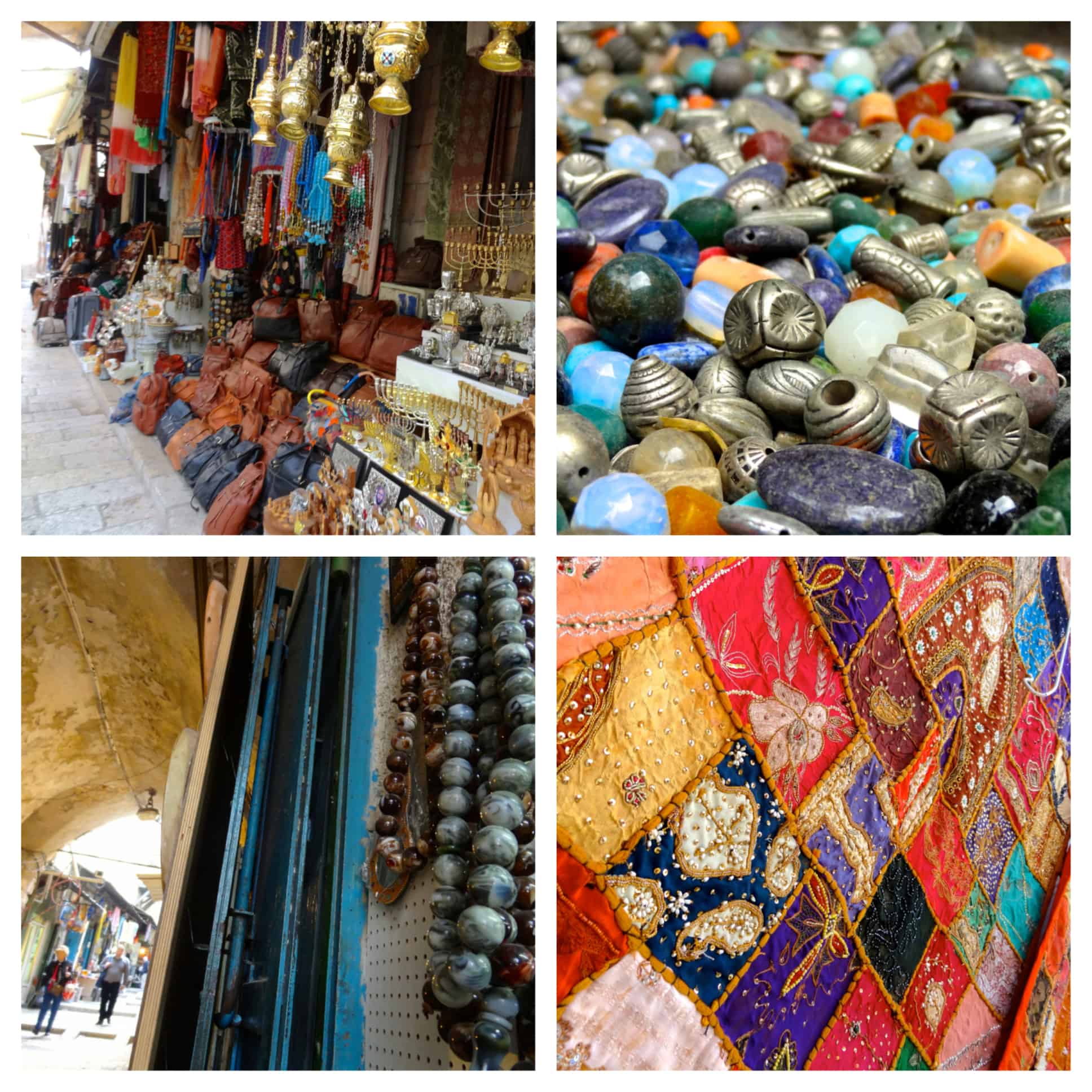
The city is divided by bitter religious conflict, but if there’s one thing Middle Easterners all like to do, it’s EAT, and each quarter boasts the traditional foods of its inhabitants. Food is sold everywhere, in shops and from kiosks right on the walking path. The heavenly aroma of freshly baked bread meets your nose, followed several steps later by the unmistakeable fried scent of hot falafel or shawarma. Just as striking are the bright colors that surround you in all directions– winter foods are no dull affair in Jerusalem.
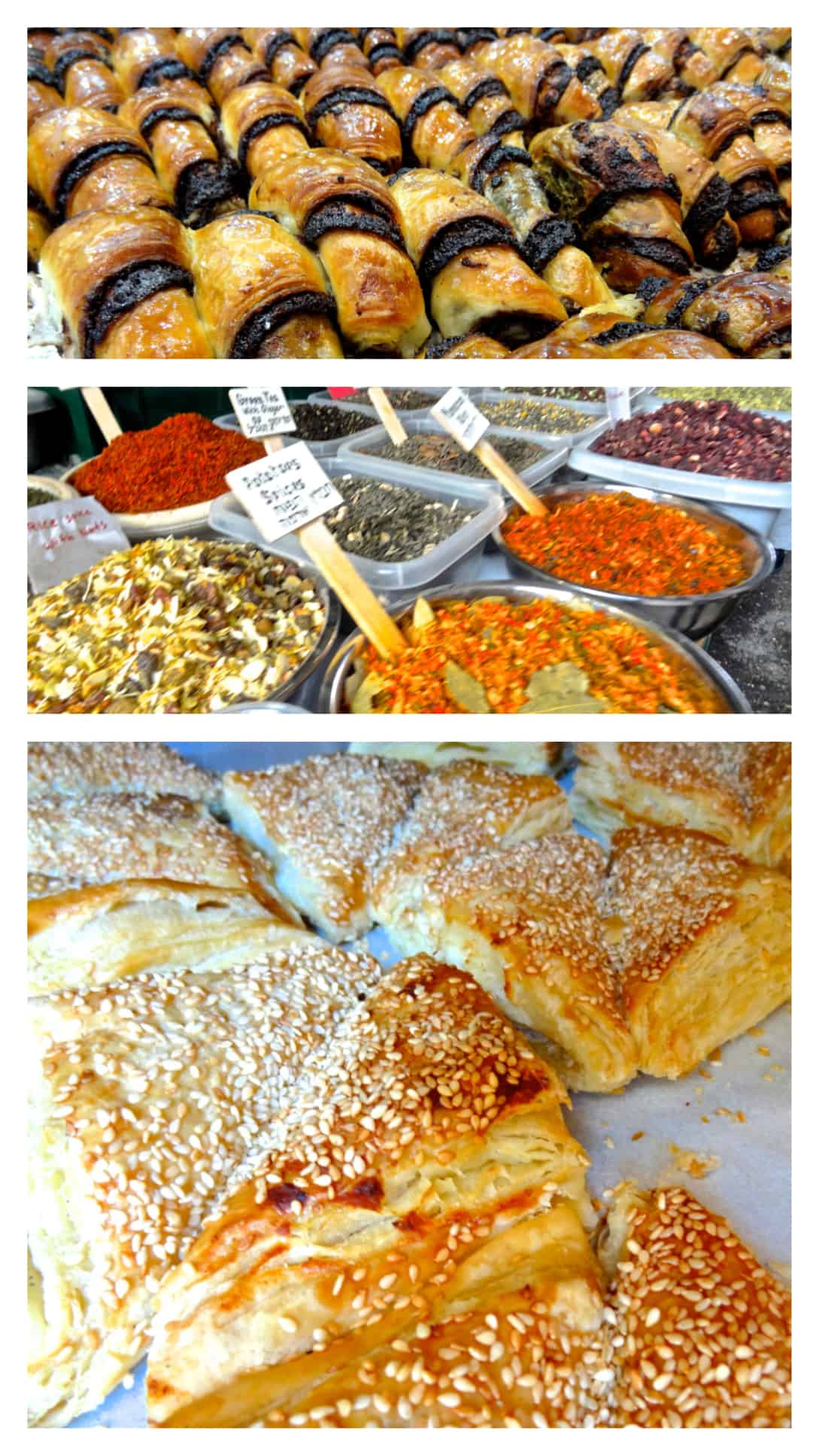 Top to bottom: chocolate rugelach, Arabic spice bonanza, cheese burekas.
Top to bottom: chocolate rugelach, Arabic spice bonanza, cheese burekas.
Among the plethora of kiosk vendors was a guy serving fresh pomegranate juice, and he had the most stunningly succulent split-open pomegranate on display as I walked by. I am kicking myself to this day for not taking a picture– the image of those plump, crimson seeds bursting with juice, perched in the white flesh of the fruit is emblazoned on my memory. Really, you can’t walk but two feet without tripping on a pomegranate in Israel, but this one was spectacular.
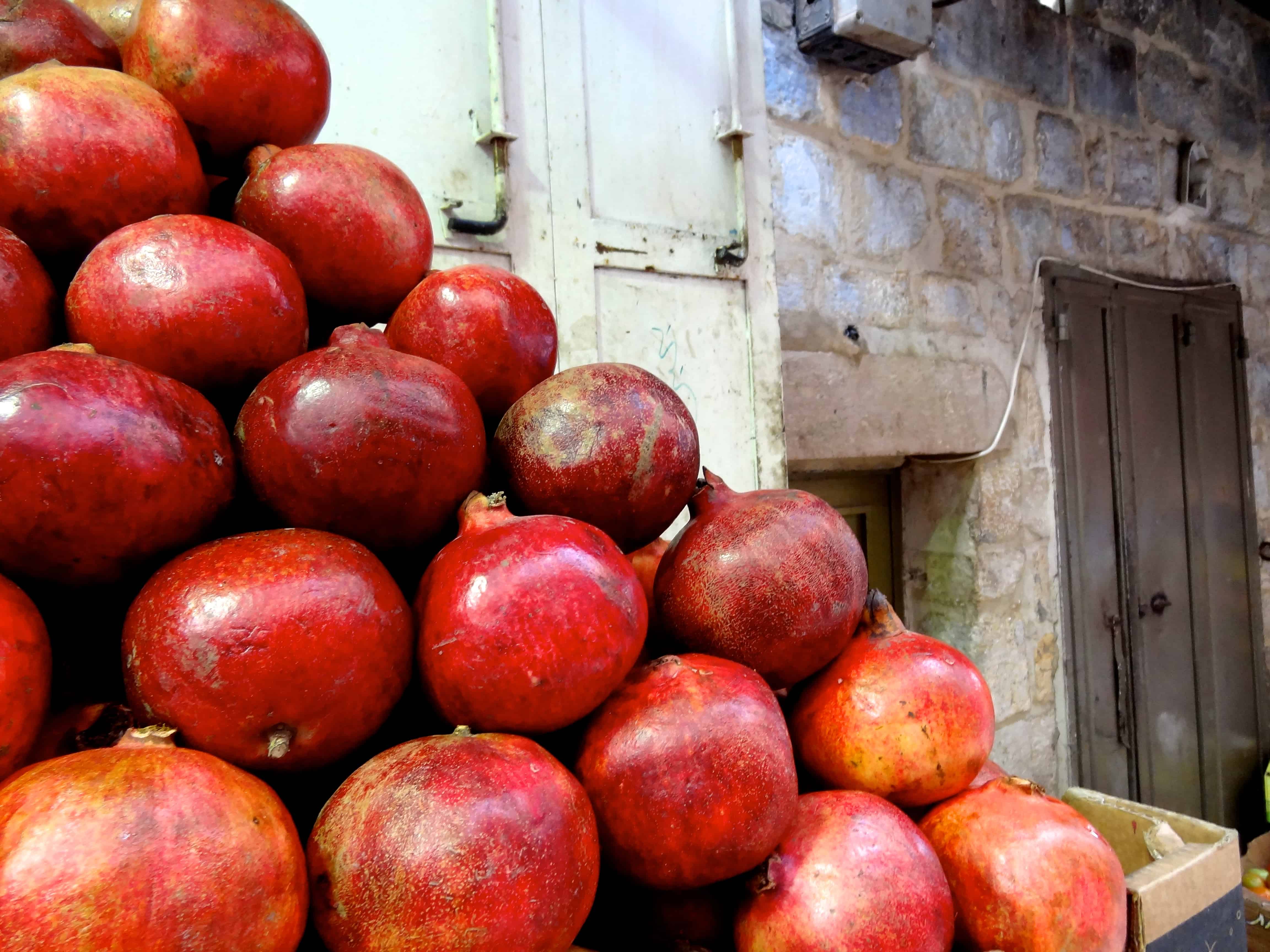
In the past, I’ve been able to spend several weeks at a time in Israel, but this trip was very short. As such, this is but a slice of Israeli cuisine. There is so much more I would have liked to eat, so many more places to forage for culinary treasures. These were my personal highlights, things which I highly recommend seeking out, should you travel to Israel. However, there is so much more to explore. For example, I am not a big meat-eater, and Israel is a haven for vegetarians, so I tend to eat very little meat there because I prefer other foods; yet, there is plenty of very excellent meat and fish awaiting consumption by eager carnivores. I pine for the foods of my homeland every day, and I definitely feel a culinary void living here (though San Francisco is one of the best food cities in the world, and I wouldn’t trade my American life for plenty of other reasons). I try to emulate those beloved dishes as closely as possible, but it’s not the same. Fortunately, I can get my paws on certain Israeli food items… for a pretty penny. Some products are sold by Amazon and other online vendors, and some are available at local Middle Eastern markets (although the Elite chocolate that I bought at an international market nearby was NOT the same as the magical stuff that I brought home). The best place I’ve found in the States for Israeli food procurement is the Super Sal market in Southern California– you can find almost everything you would want. It might be time for a field trip soon…
Finally, I should mention that Israeli-born chefs, such as Yotam Ottolenghi, Uri Scheft, Ron Ben-Israel (he totally creeps me out on Sweet Genius), and others are making quite an impact on the international food scene, particularly in the States and United Kingdom. In doing research for this blog post, I’ve learned about lots of Israeli-inspired bakeries and restaurants, and I’m so excited to visit them. I am especially drawn to the work of Mr. Ottolenghi, whose passion for hummus may be unrivaled. His love and esteem for the native foods of Israel and the Middle East shine in his cookbooks, Plenty and Jerusalem— check them out for a more thorough education in contemporary Israeli cuisine. In the meantime, I hope this has given you a glimpse into the culinary richness of Israel; there are so many reasons to visit this Promised Land– food is one of the best ones! 🙂
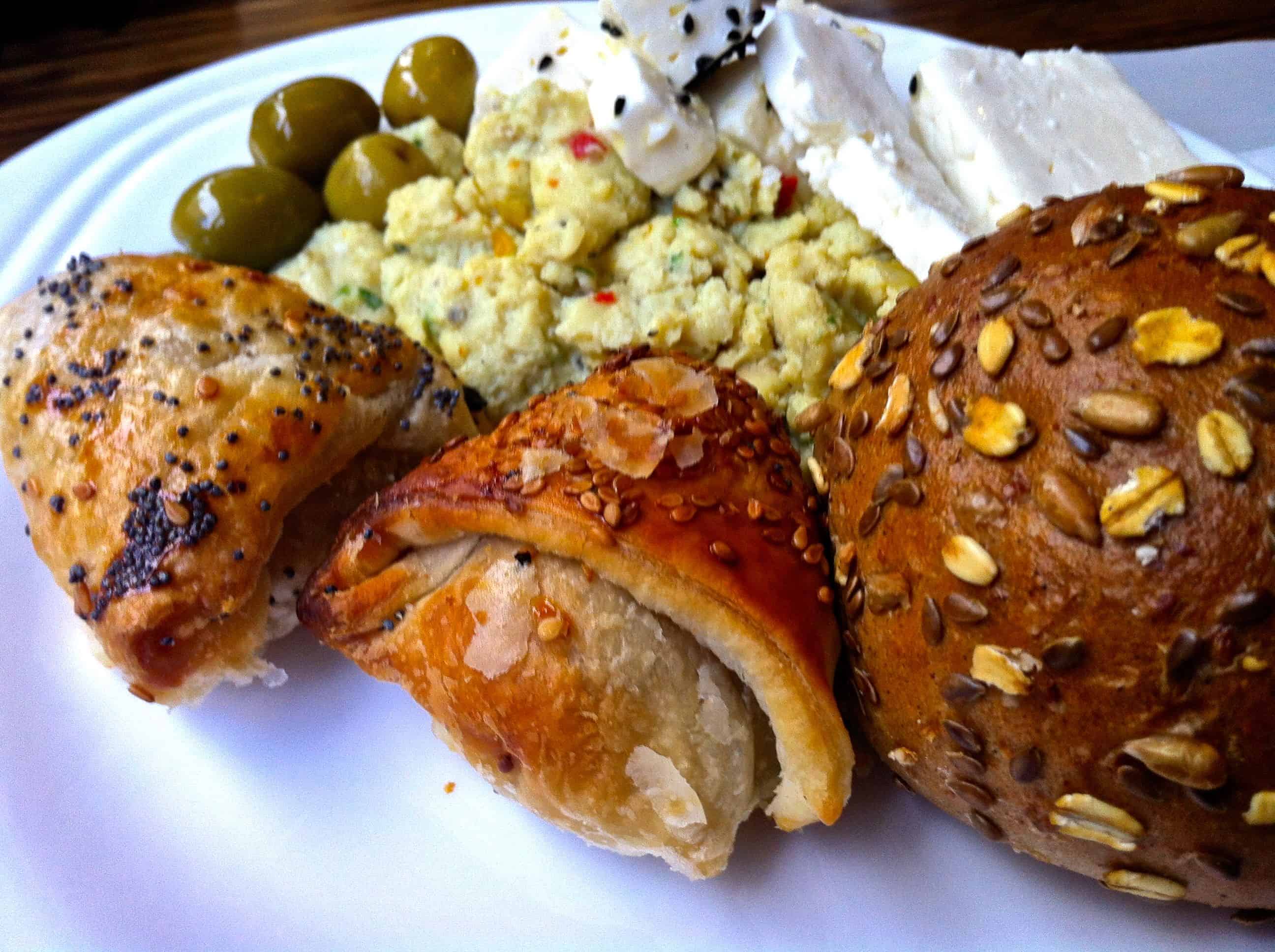
© Dafna Adler & Stellina Sweets, 2013.




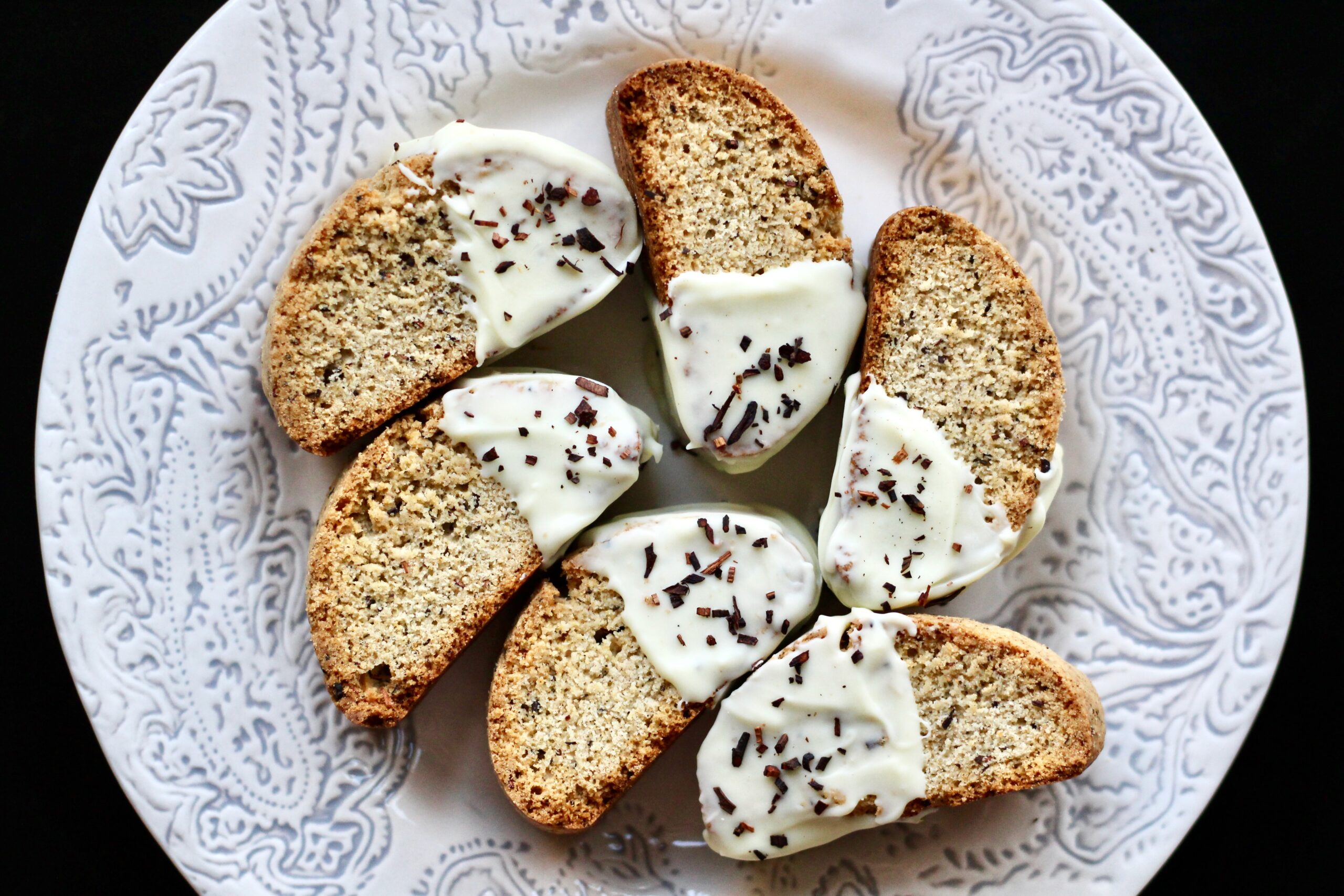
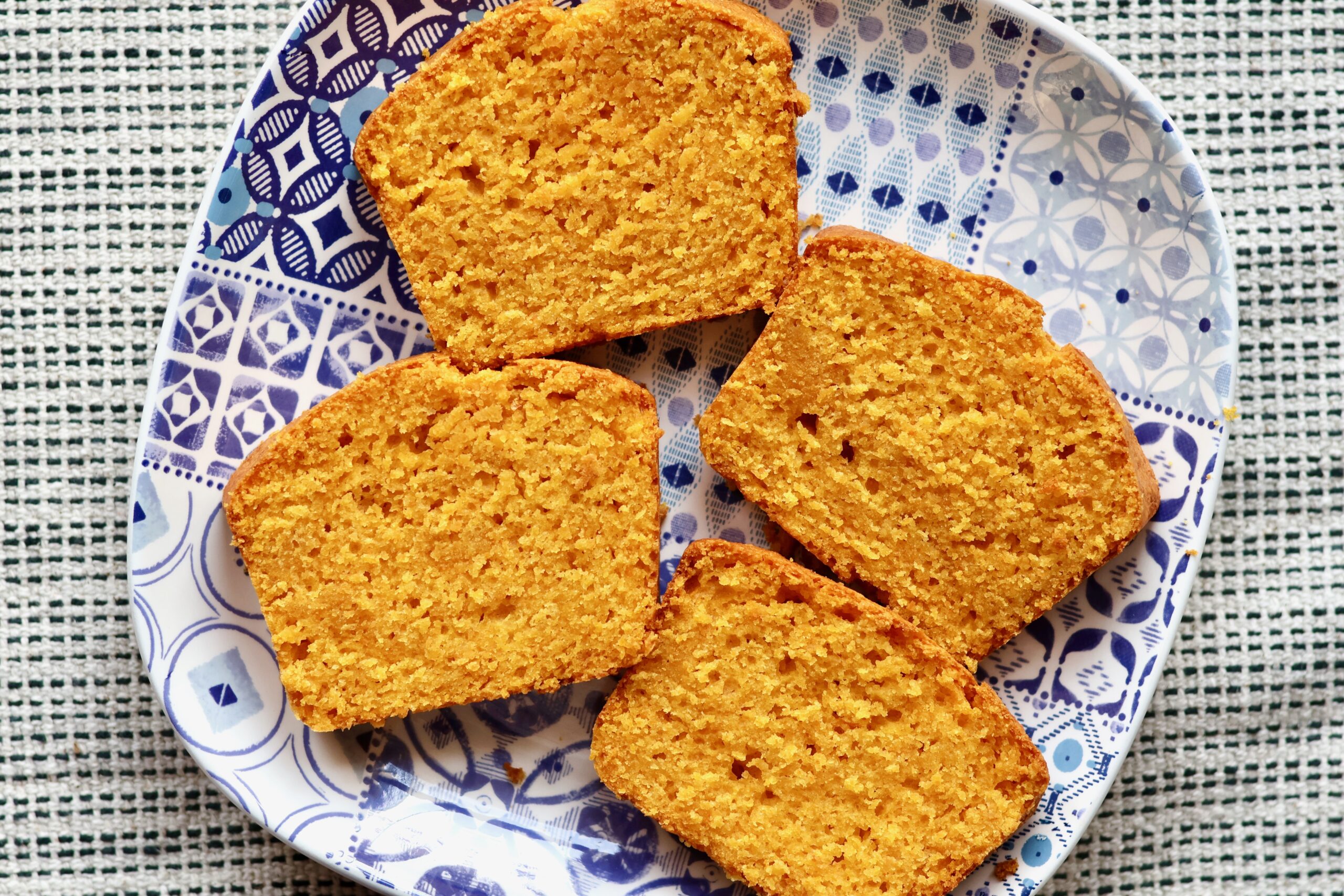
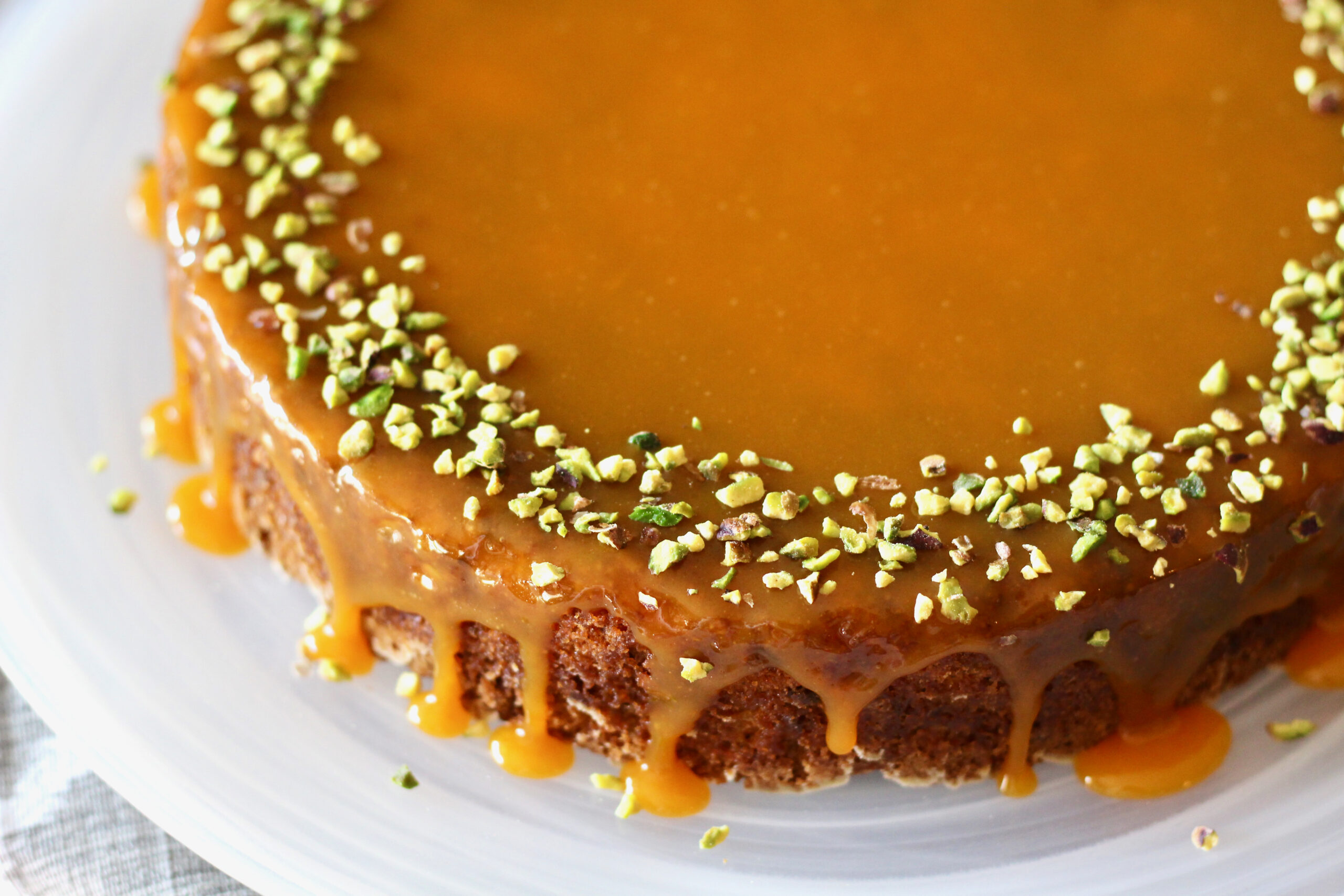

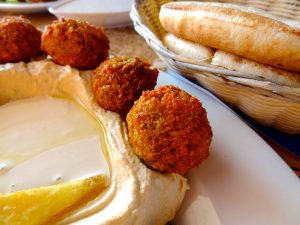


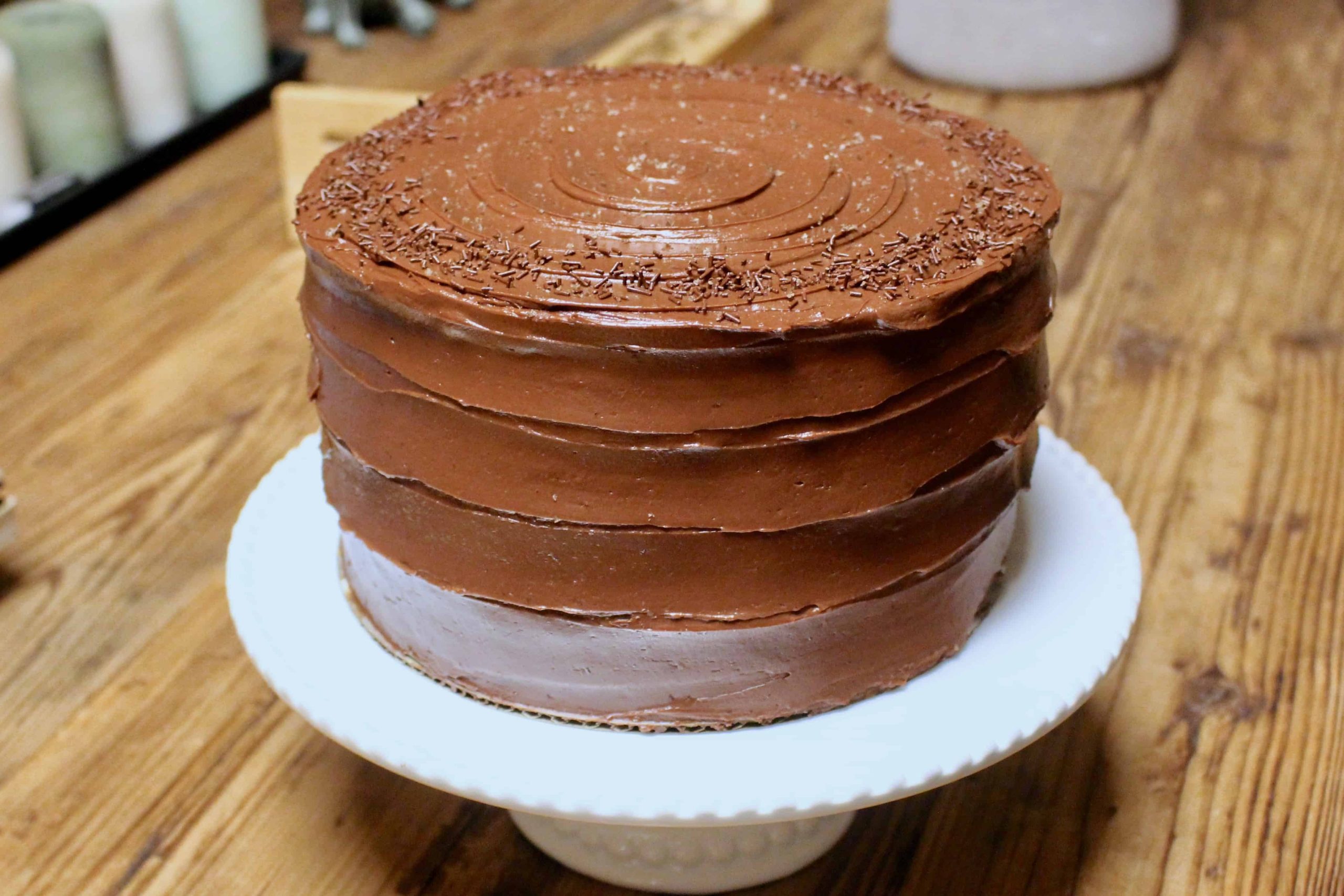
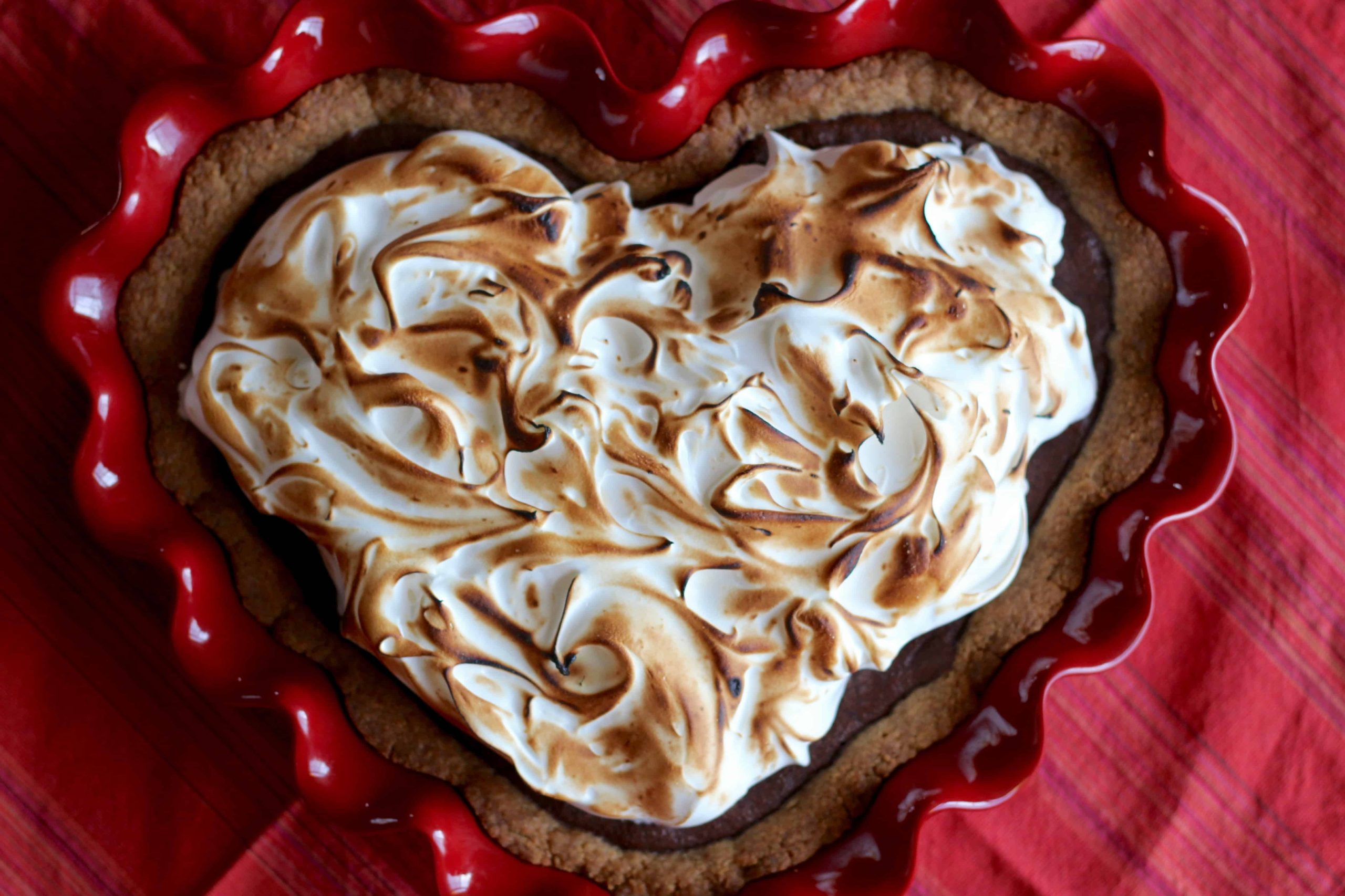

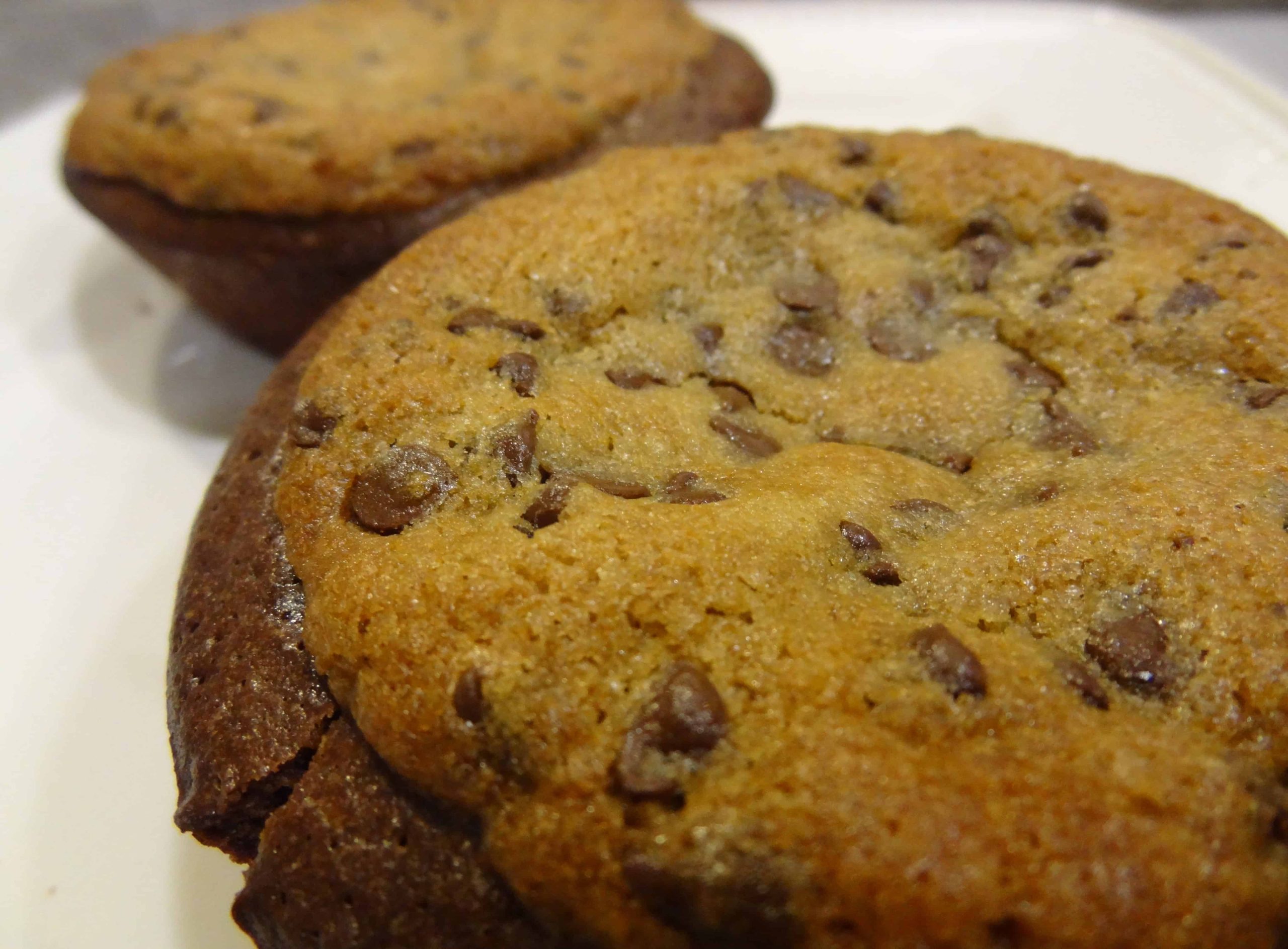

6 Responses
loved it.
Well we had the best tour guide of course! We couldn’t have eaten all this wonderful food without you. 🙂
Great post. I loved all the pics. The food looks wonderful. David Lebovitz and you have definitely made me want to experience that part of the world. I’m so glad you got to posting about this trip!
Thanks, Sandra! It really is amazing food– I totally dream about it. Israel is quite a place, unlike any other for sure. I love reading David Lebovitz’s blogs about it too! 🙂
you captured everything i love about israeli food. i only lived in israel for a year, but i still dream of burekas and rant about real pita and hummus. and i miss the persimmons, which just don’t find their way to new england very often.